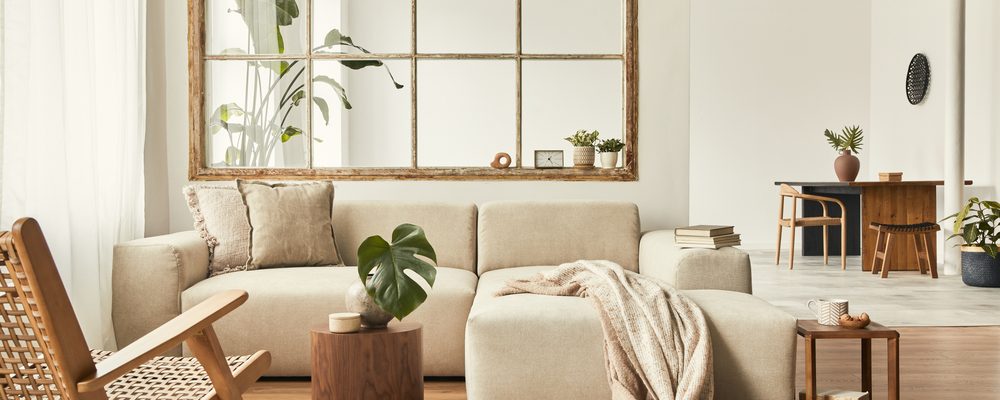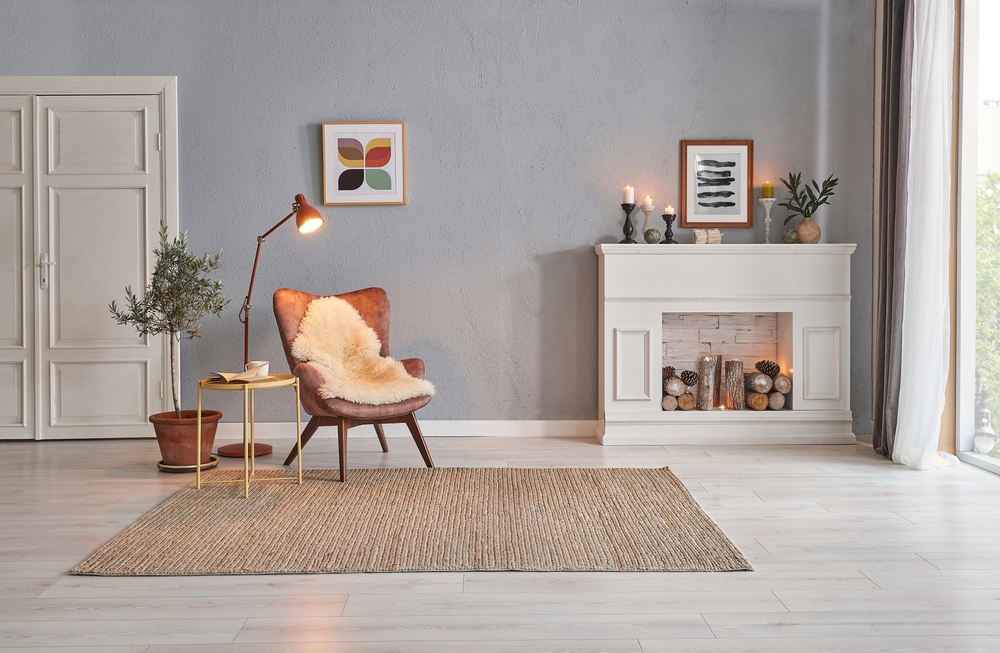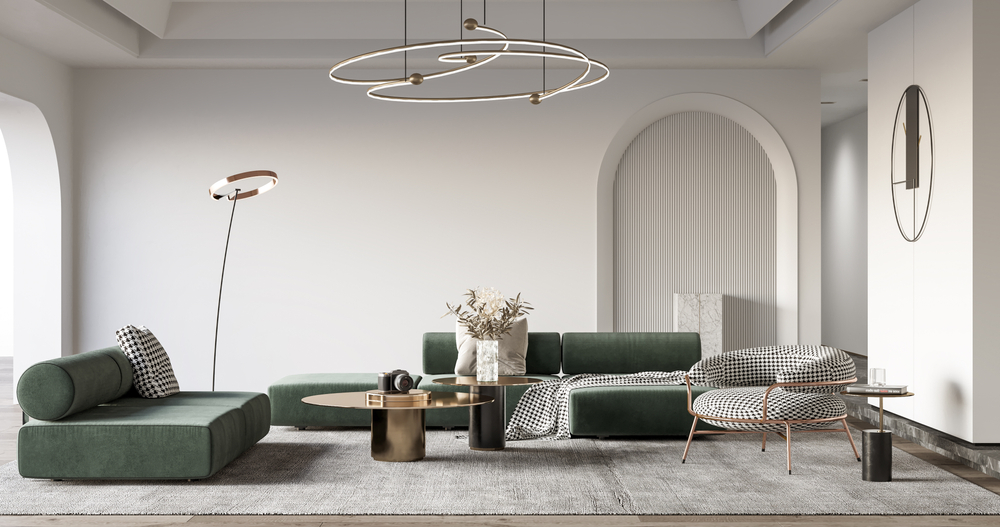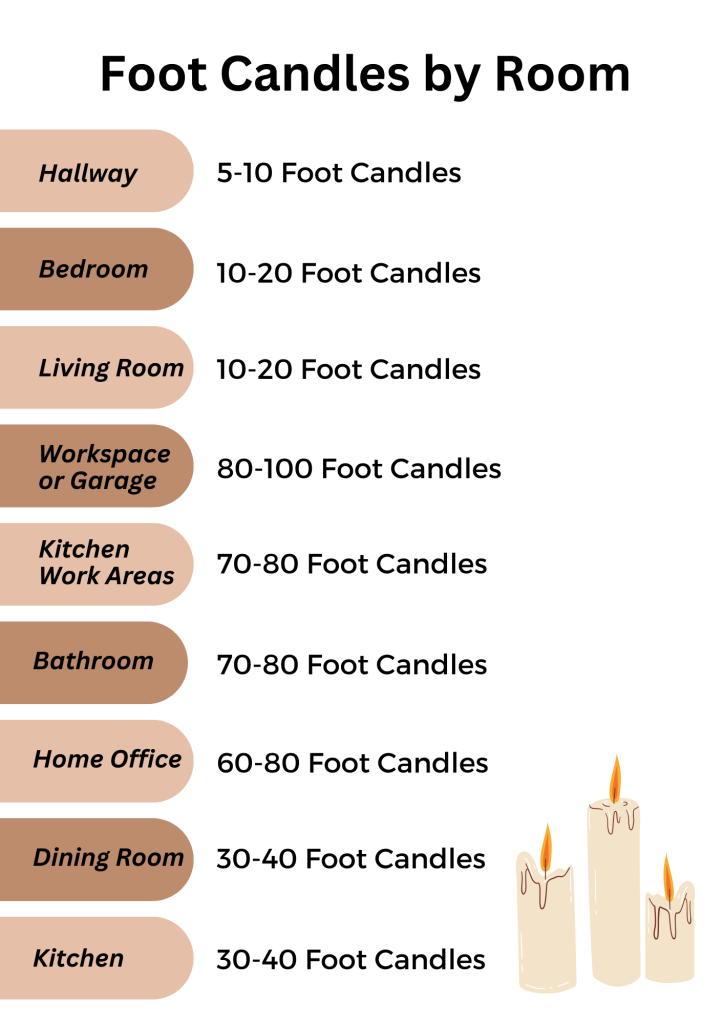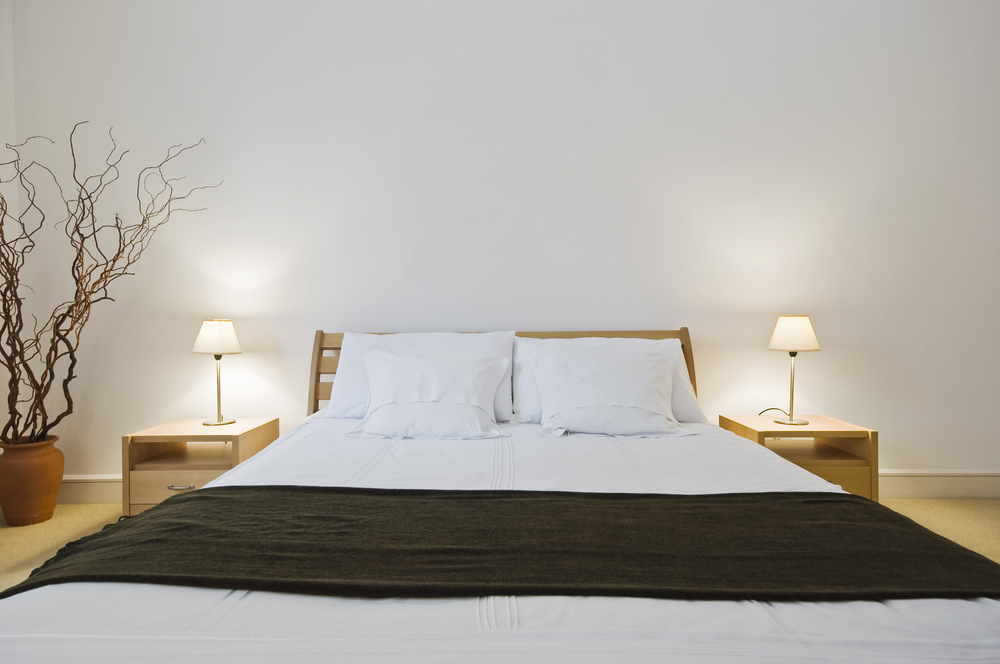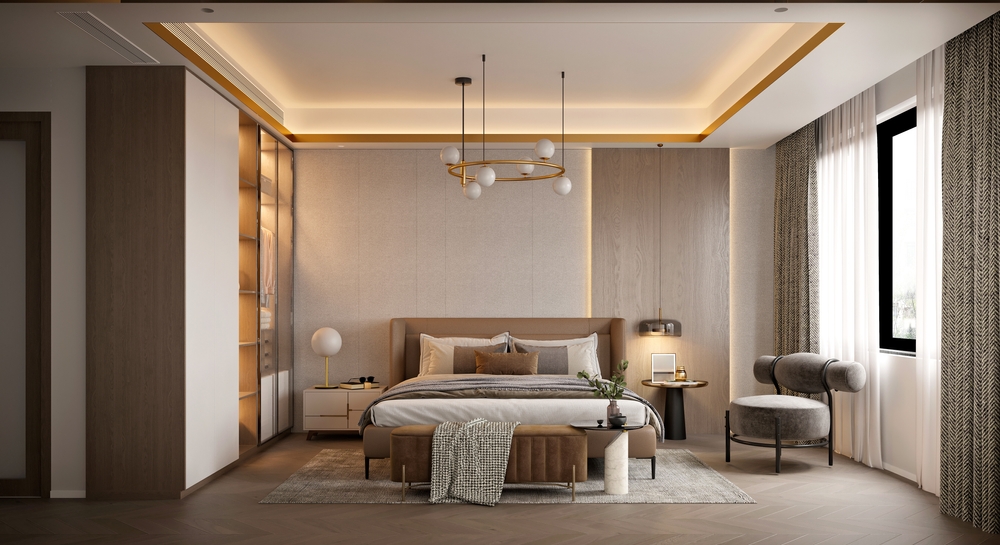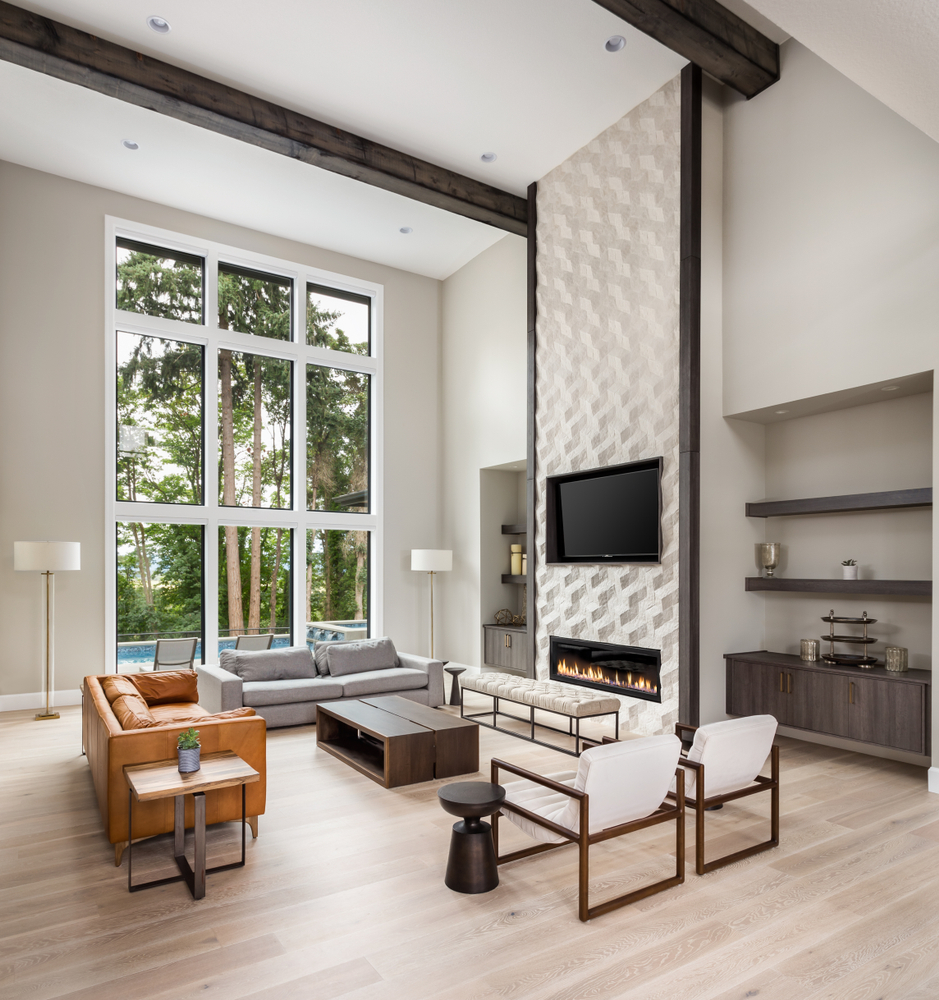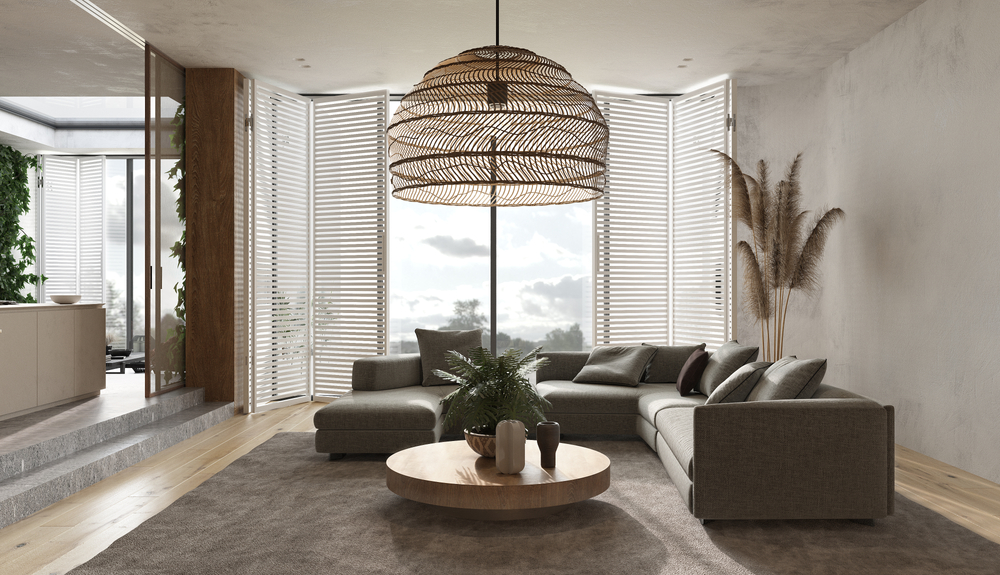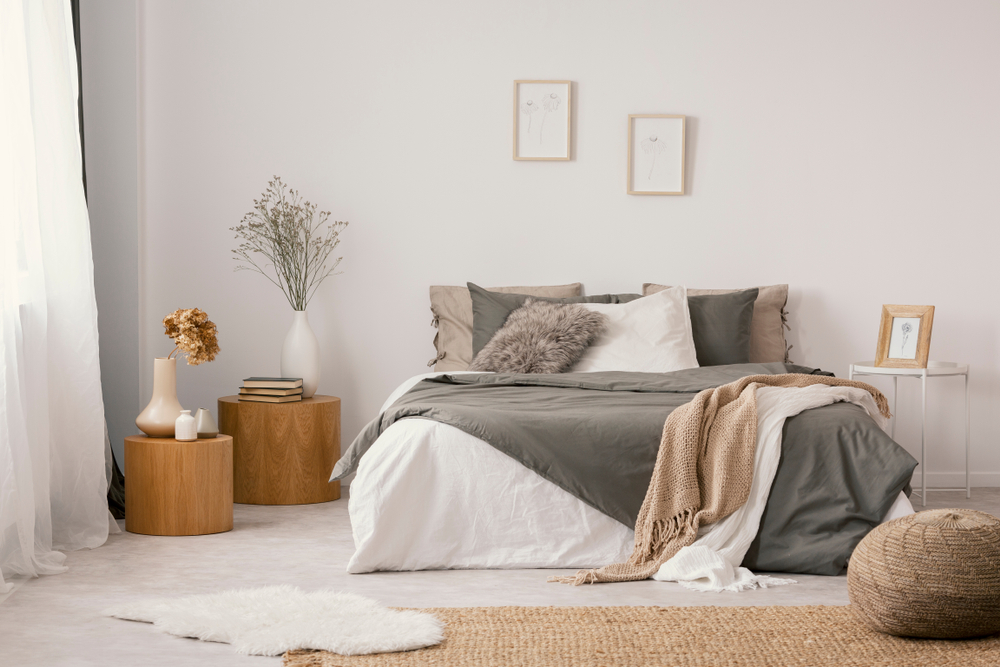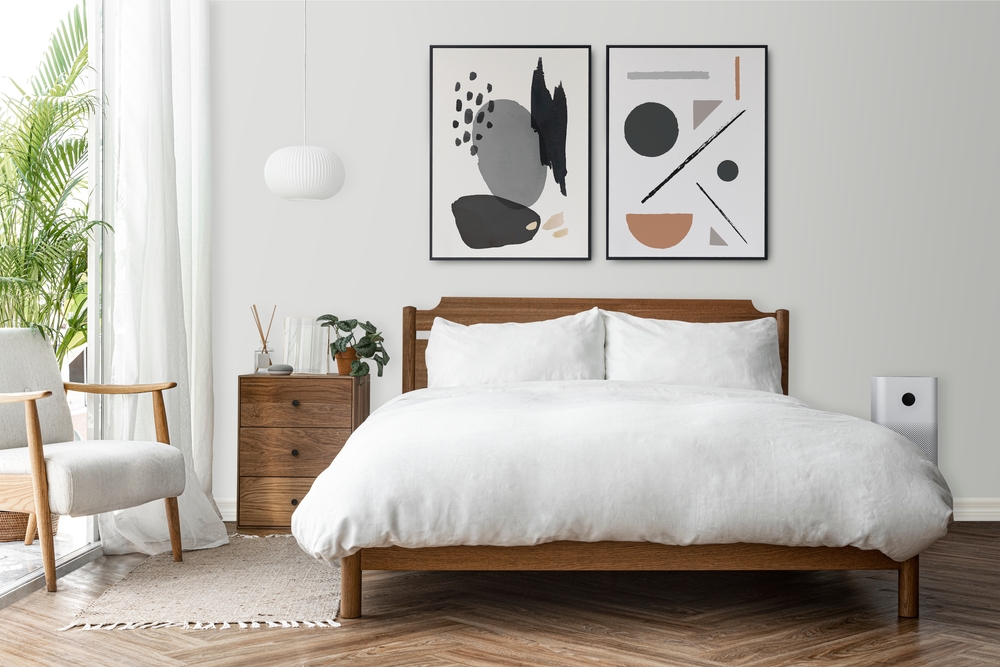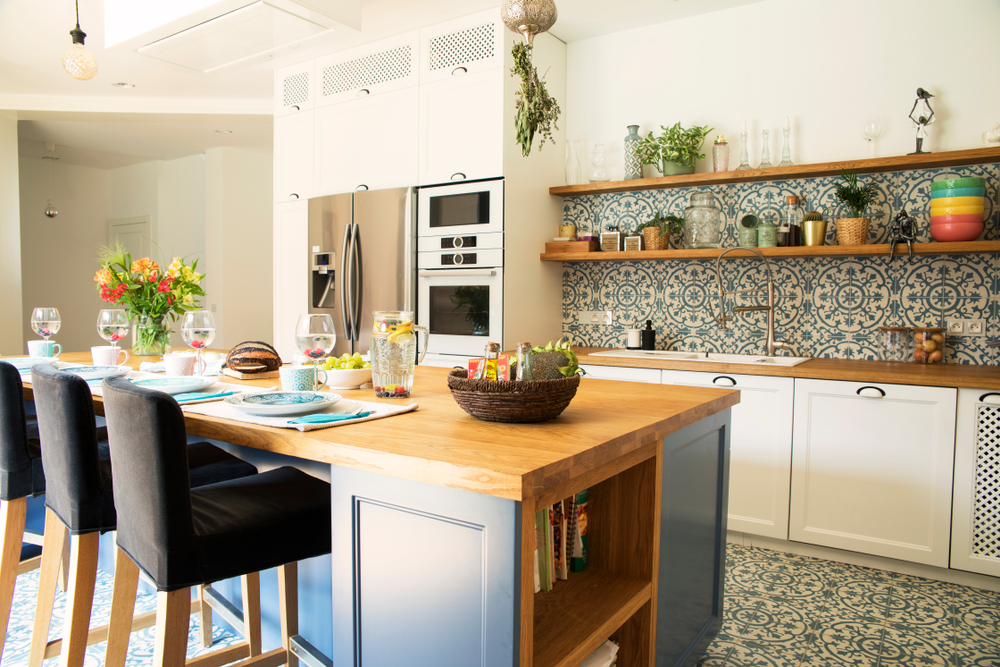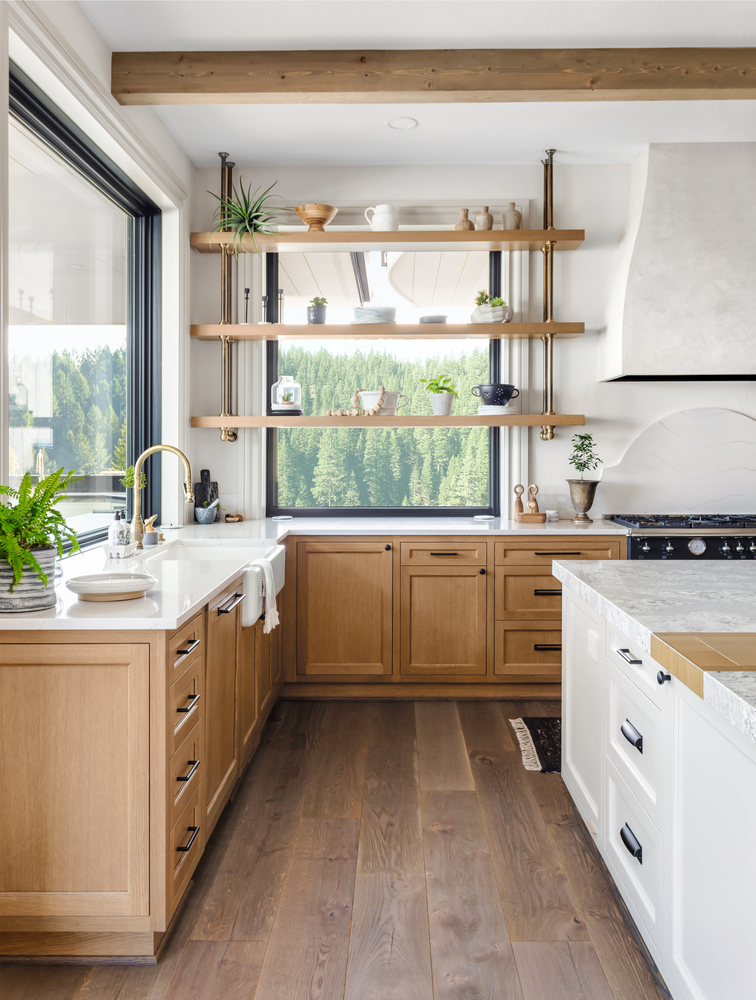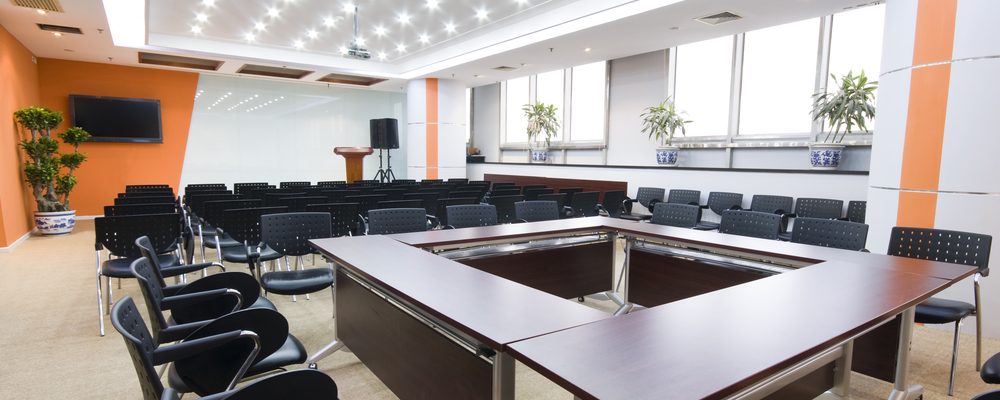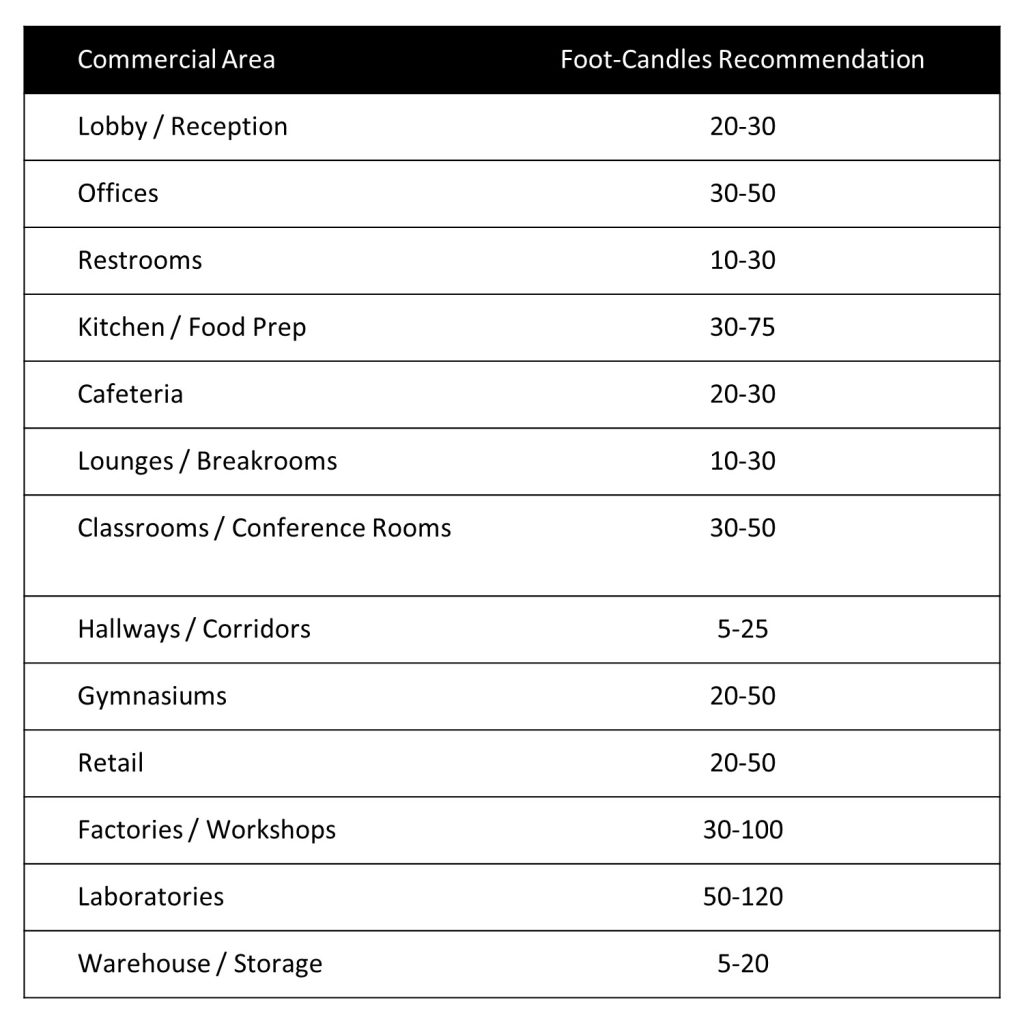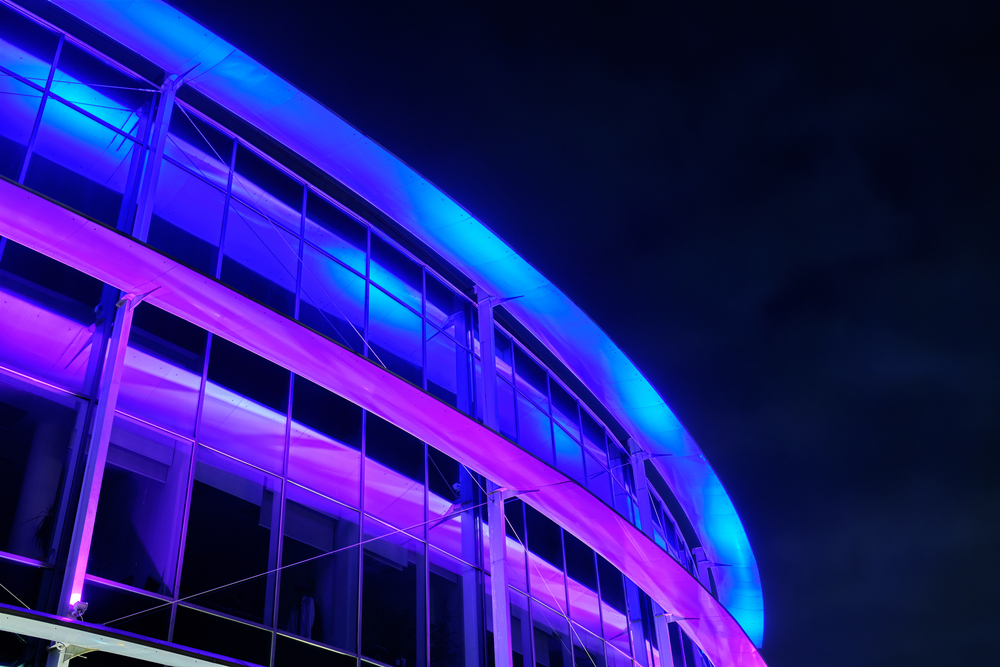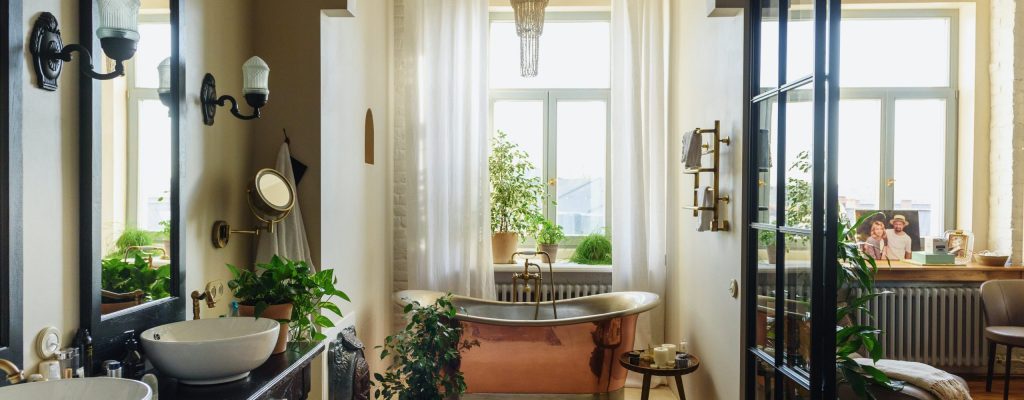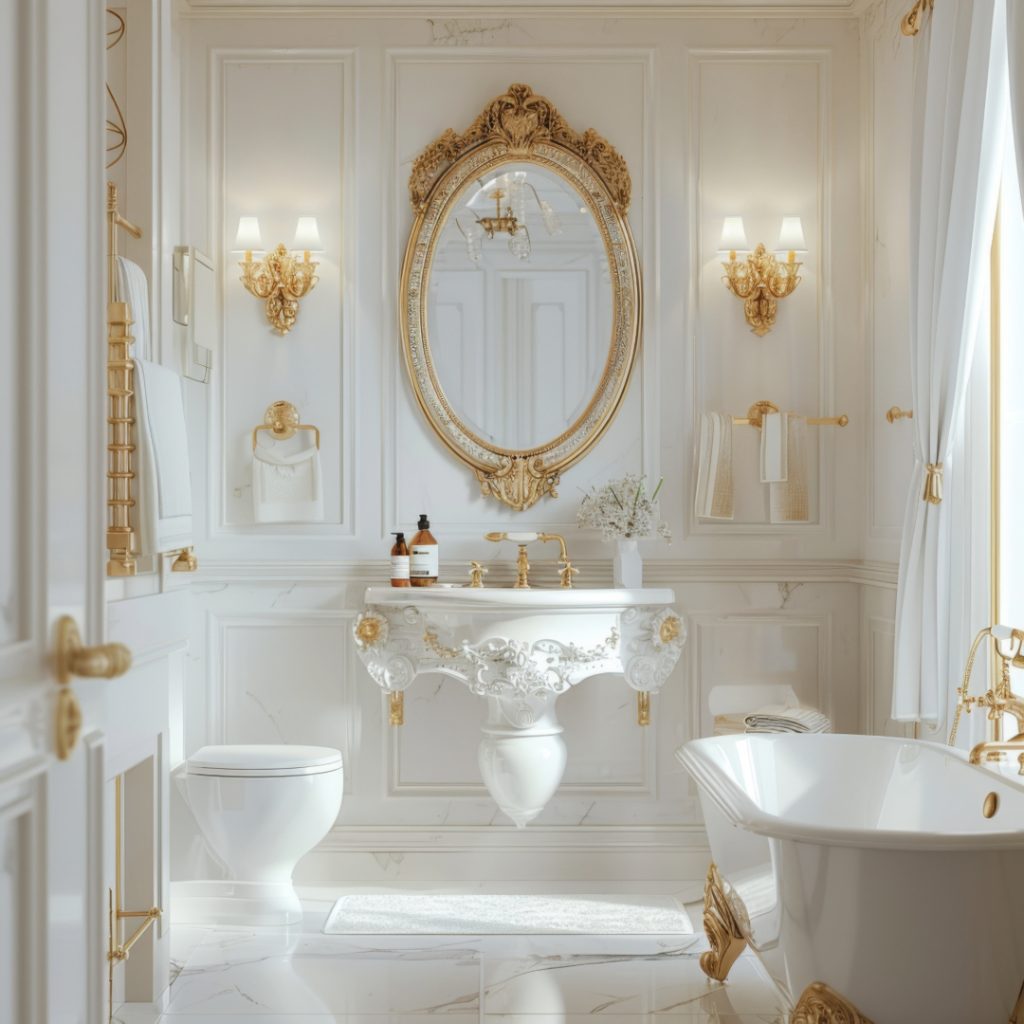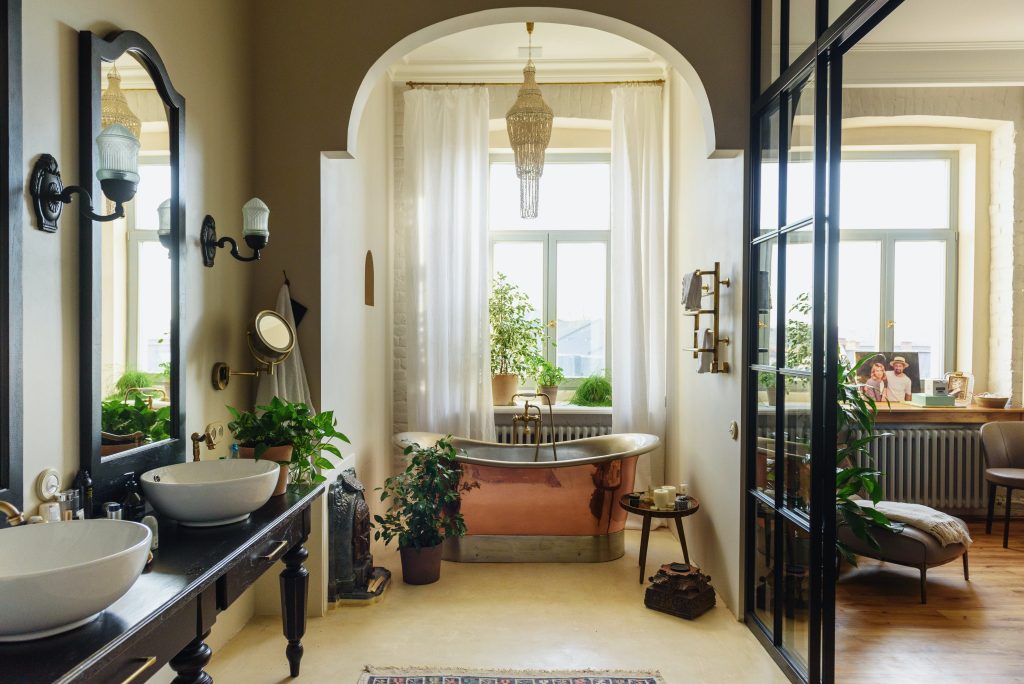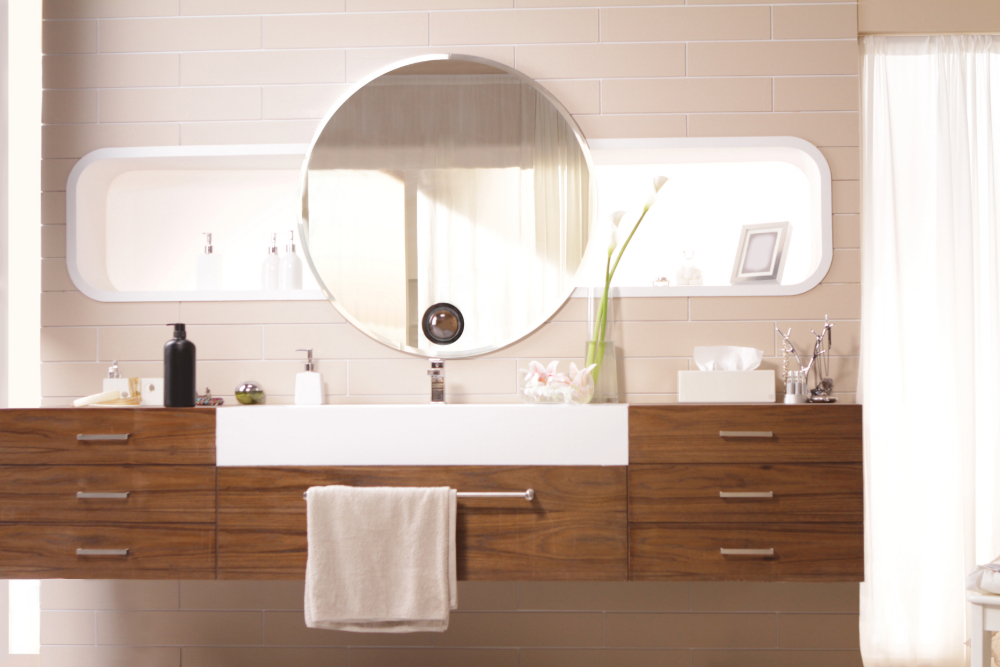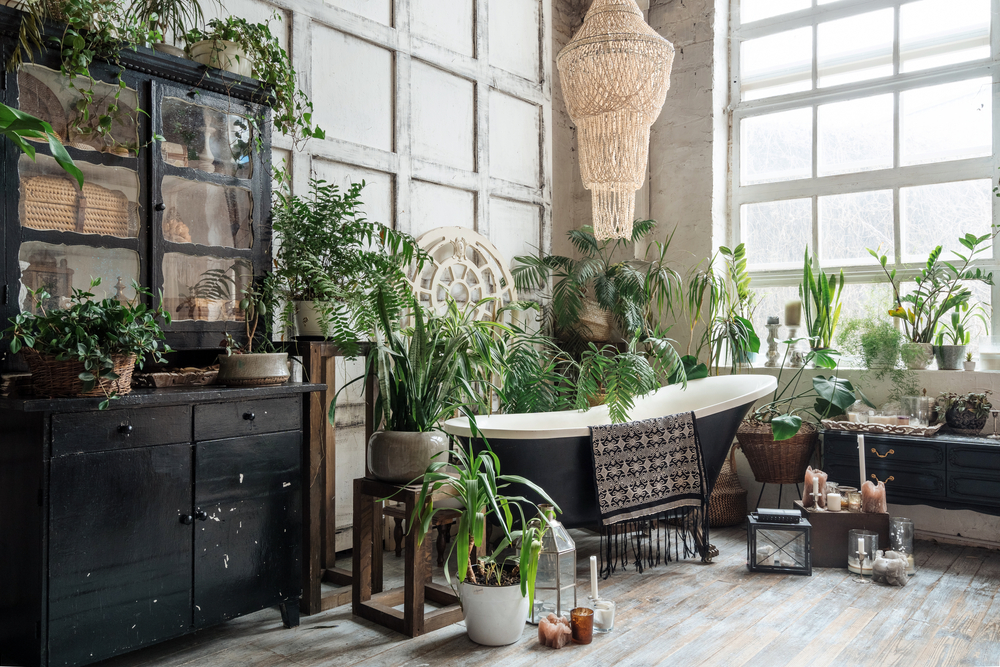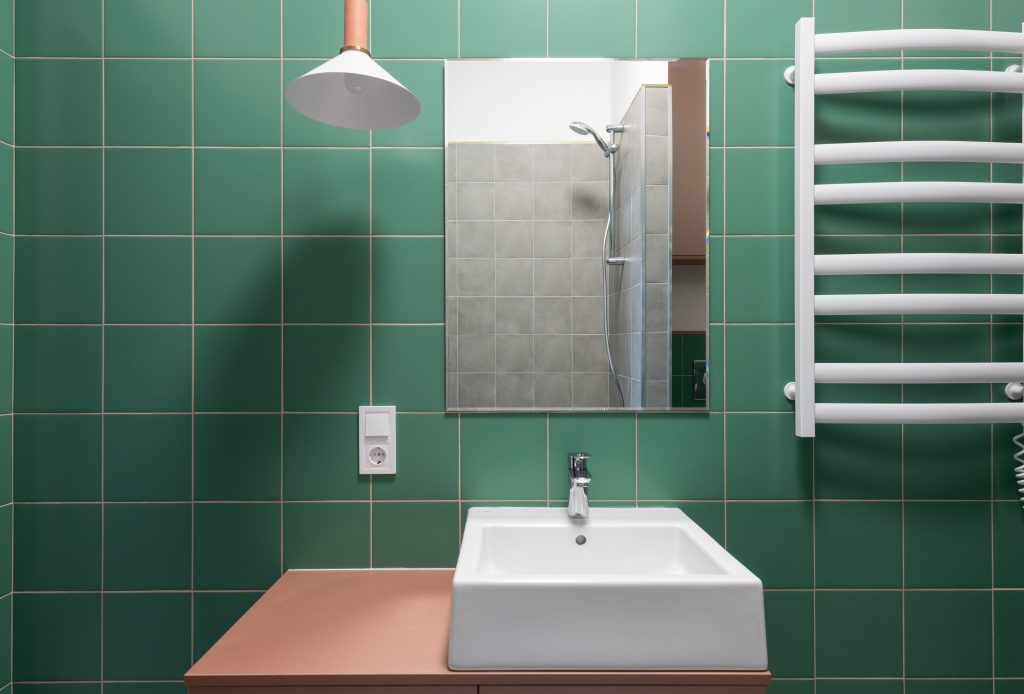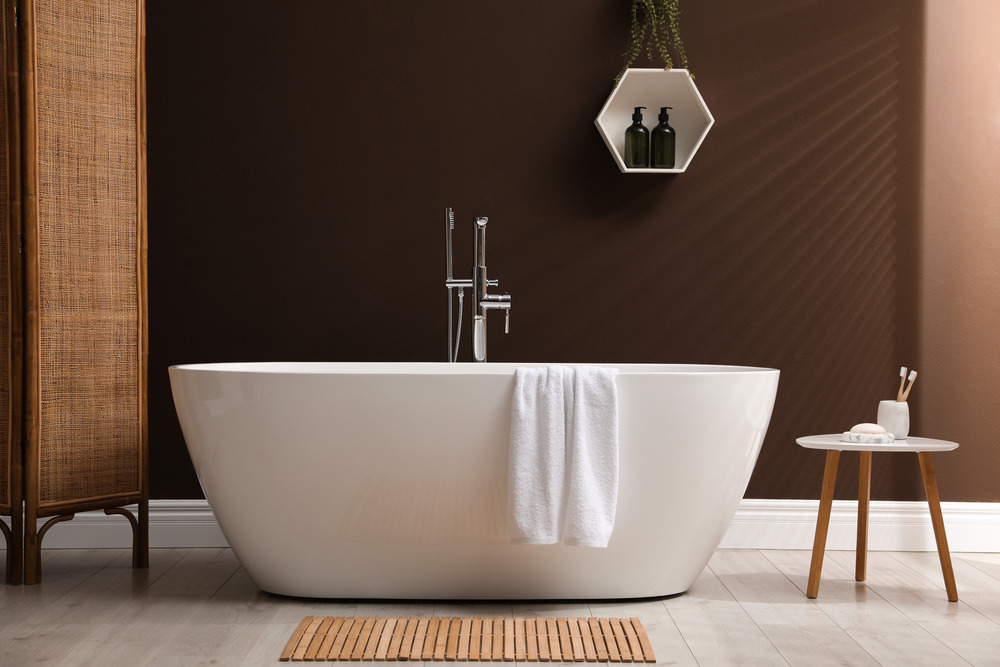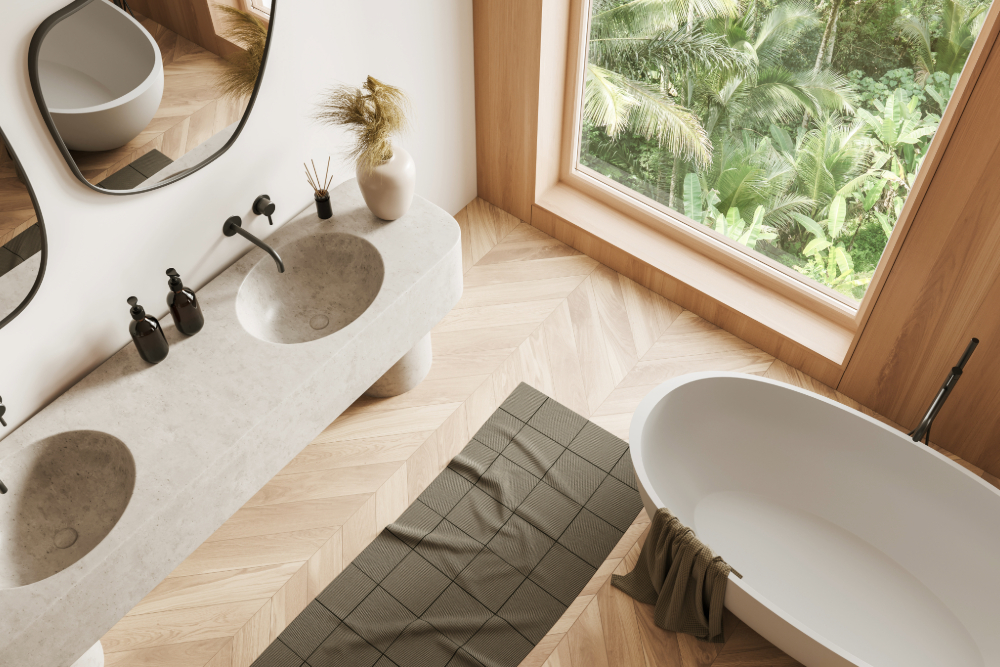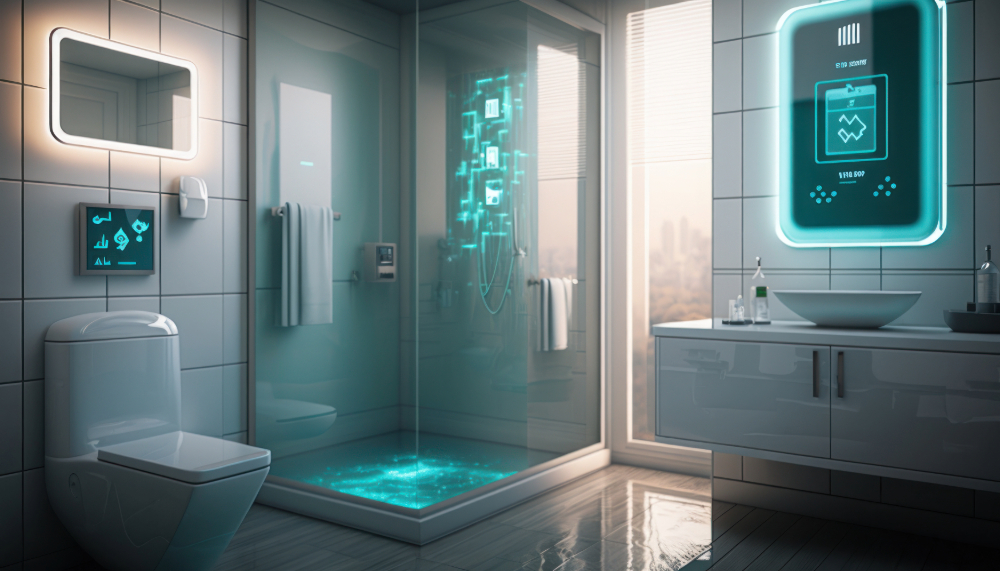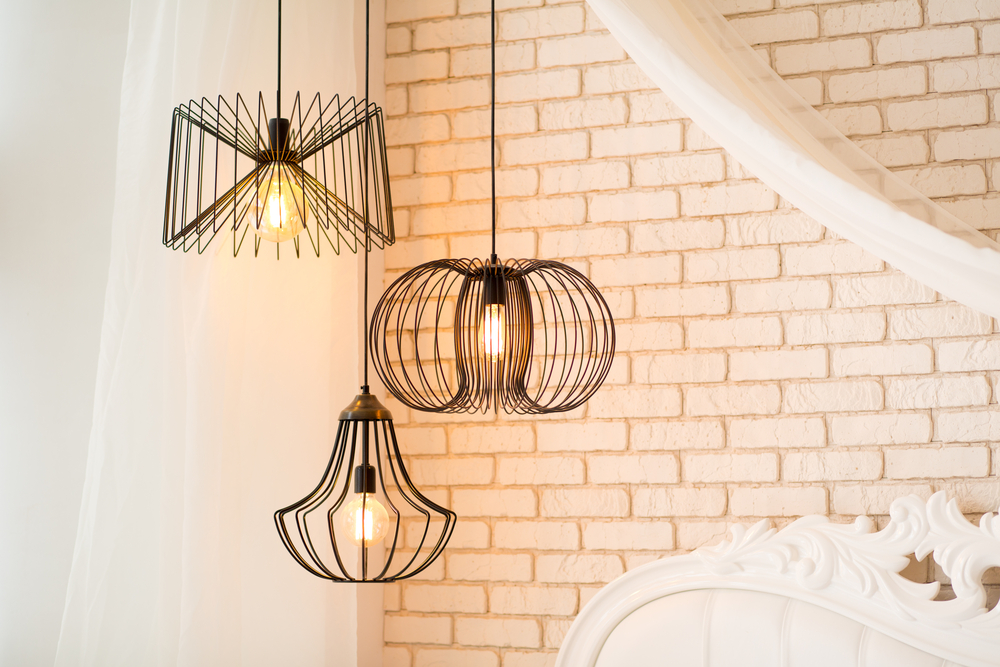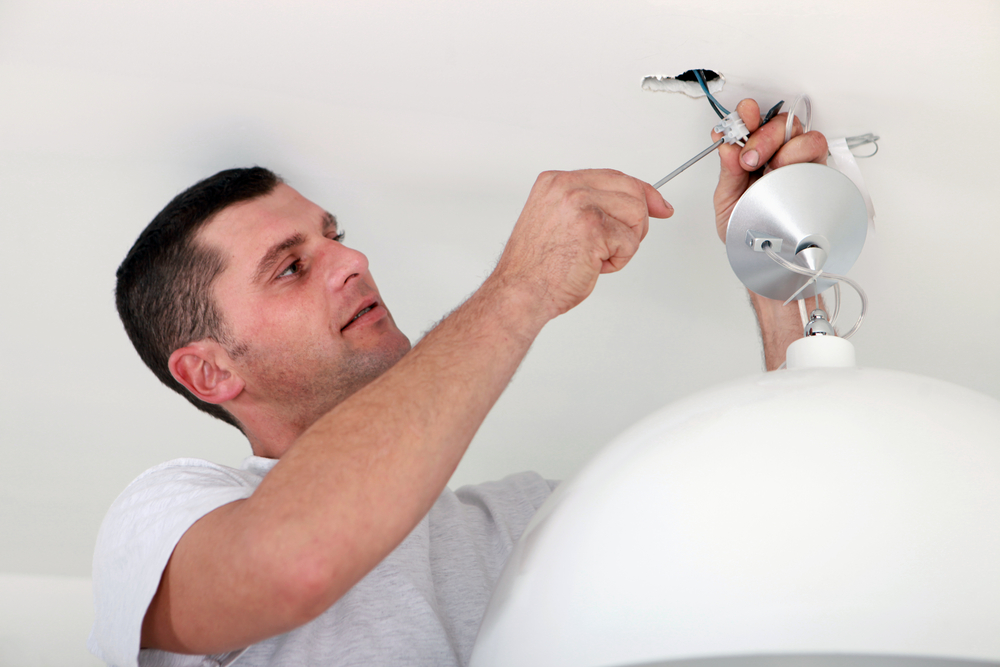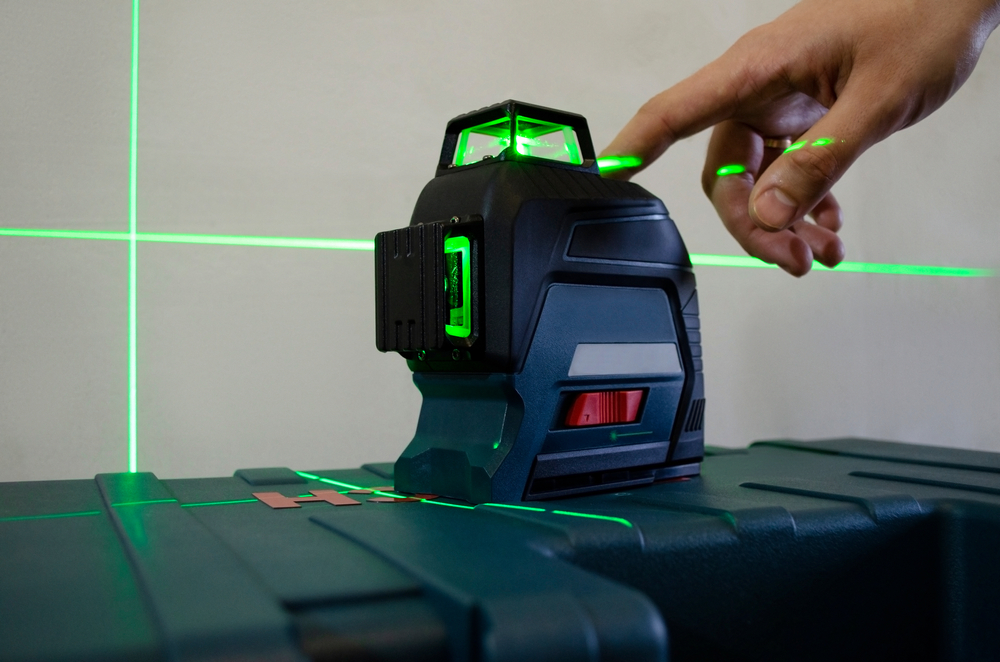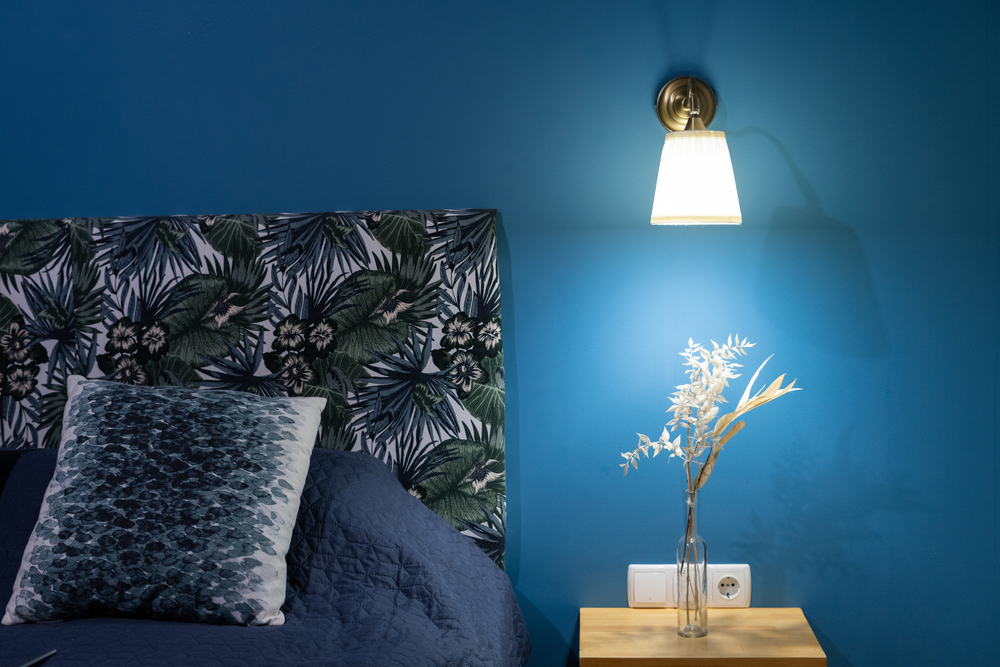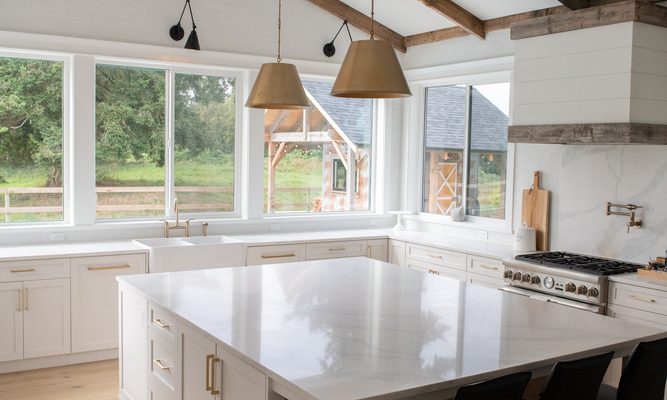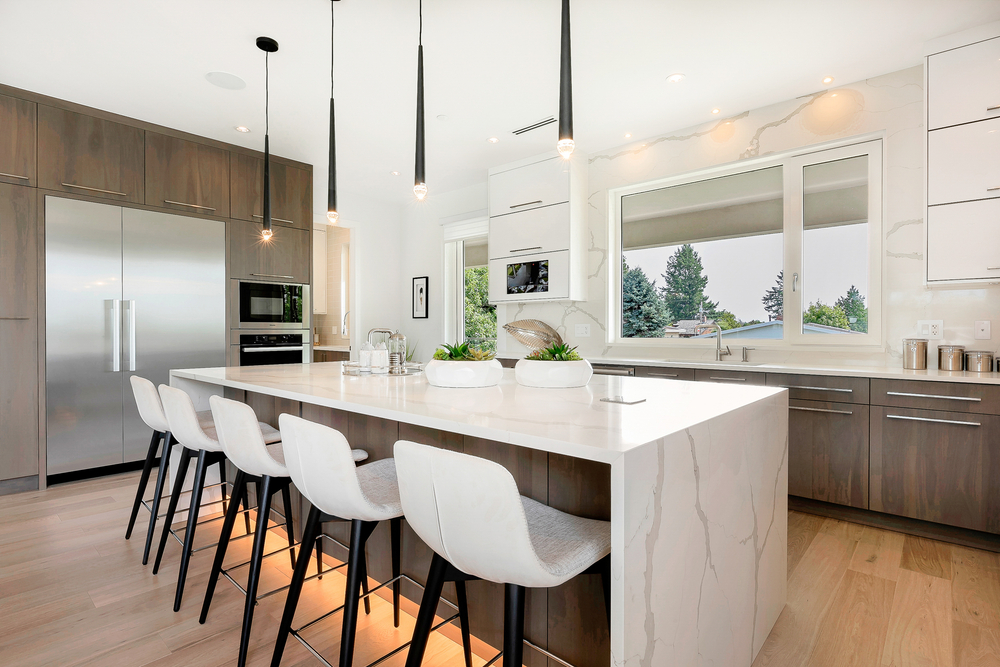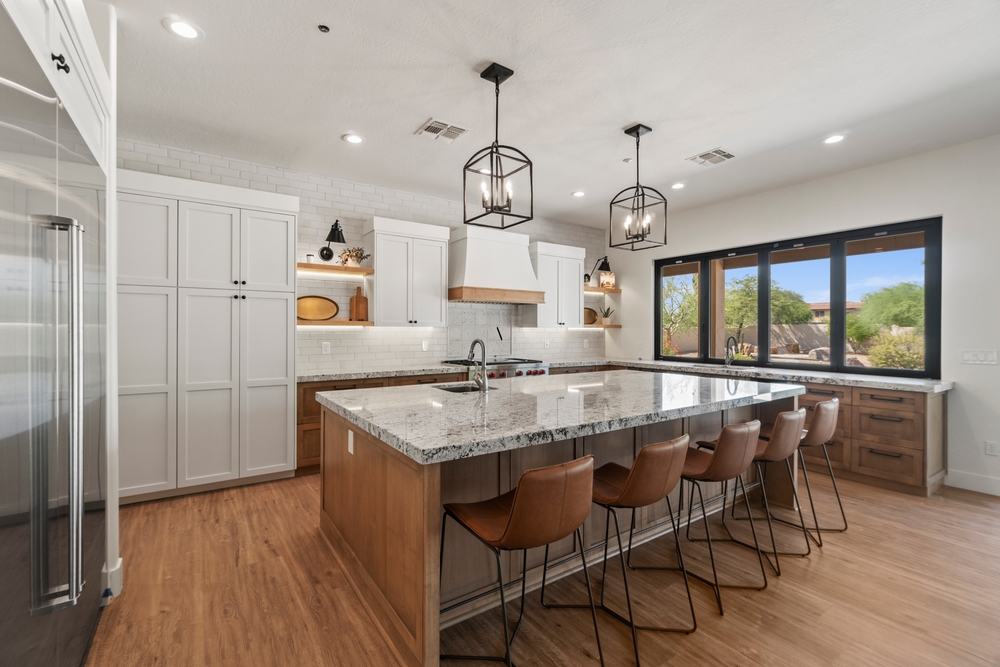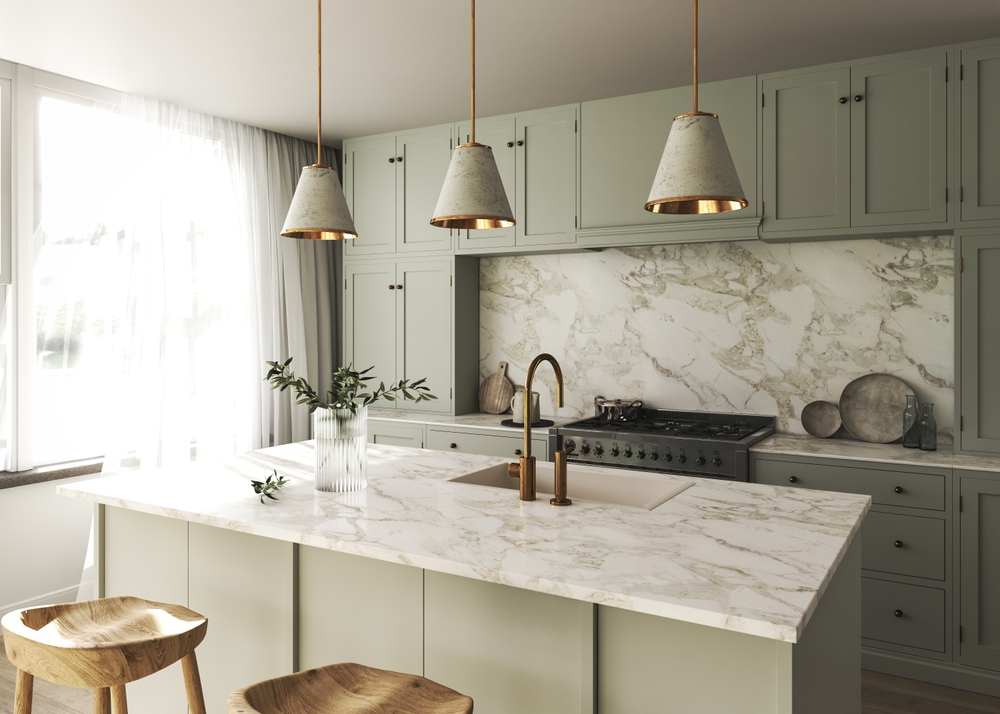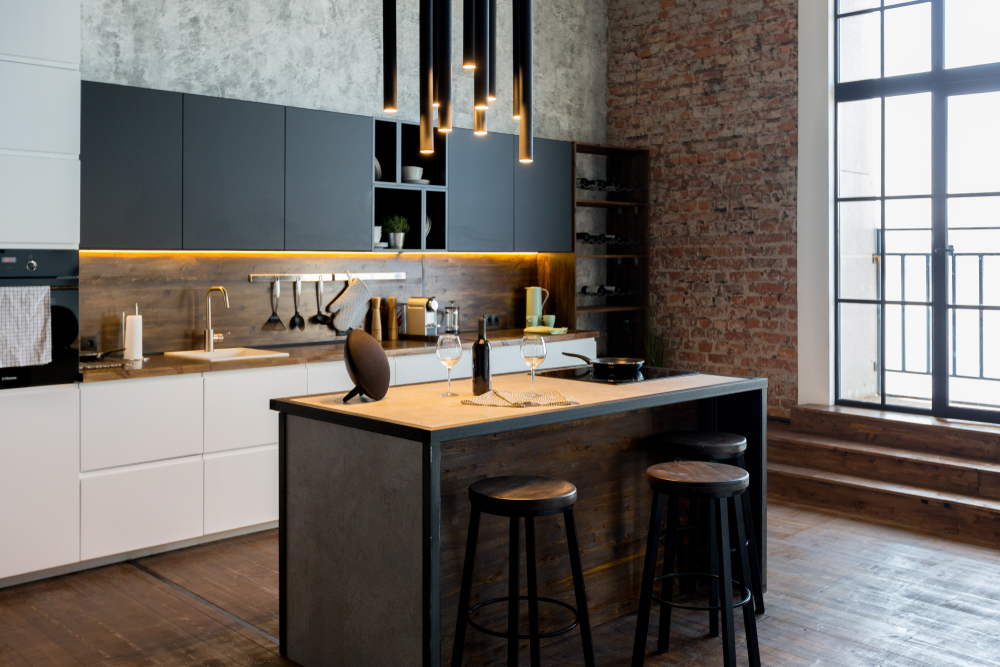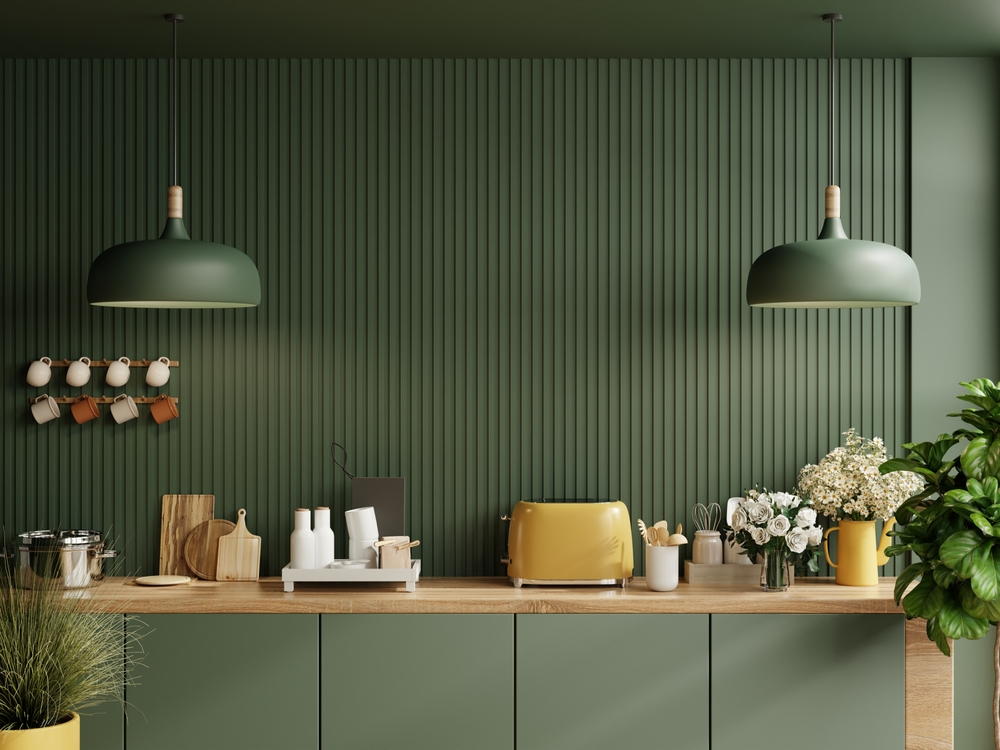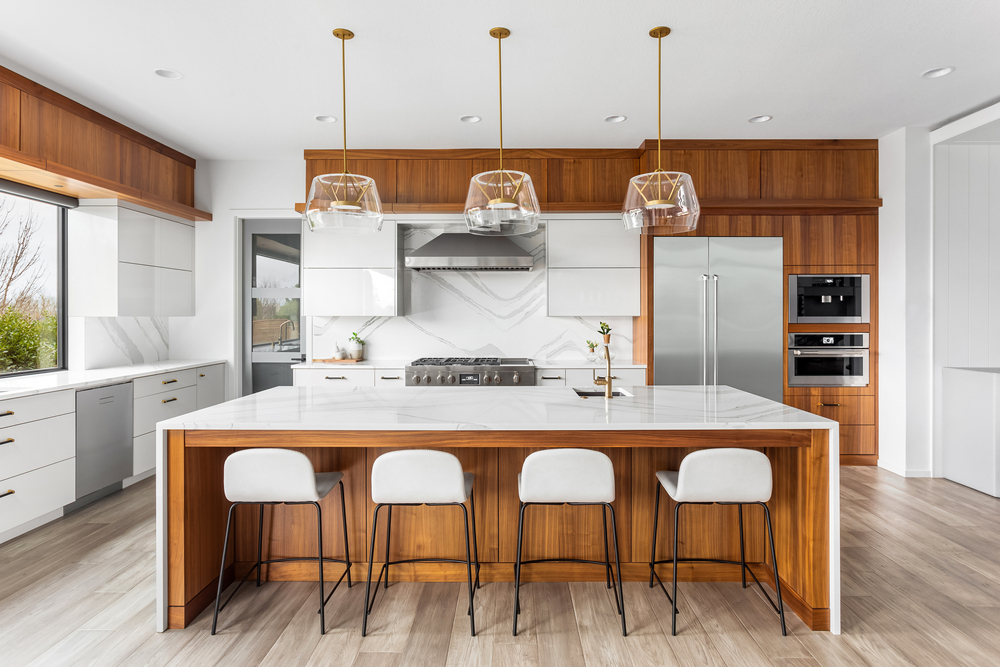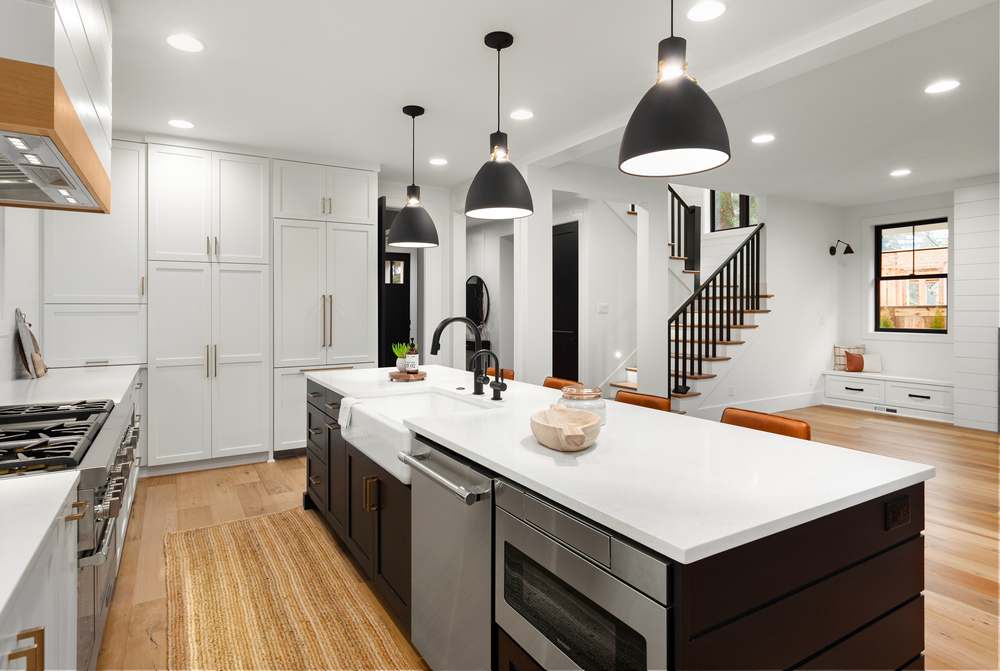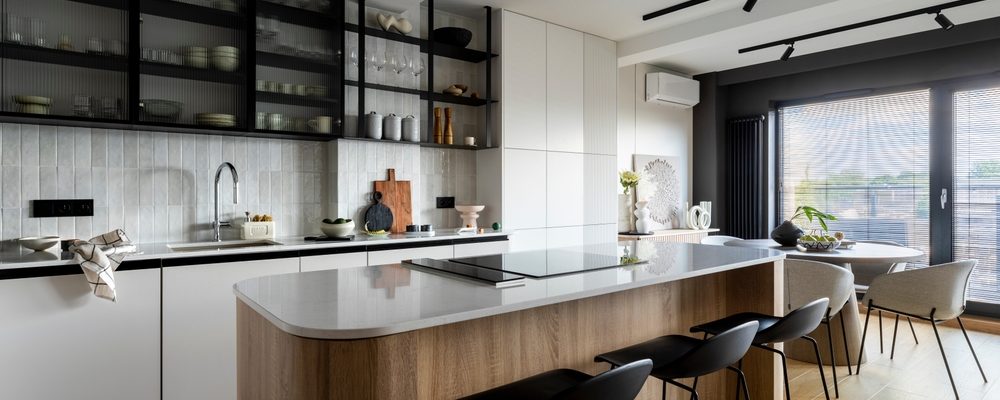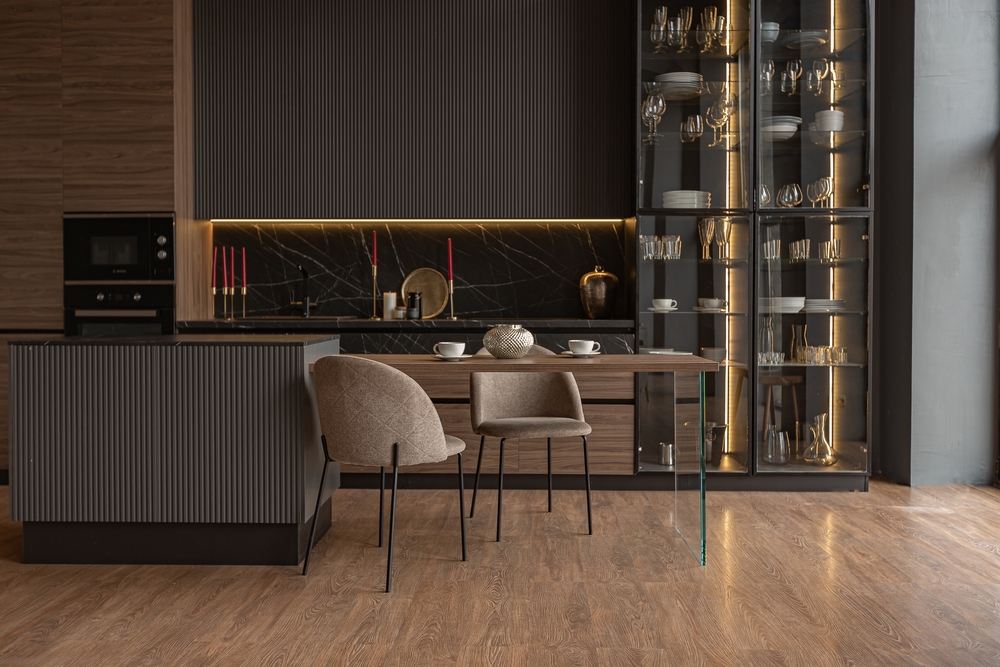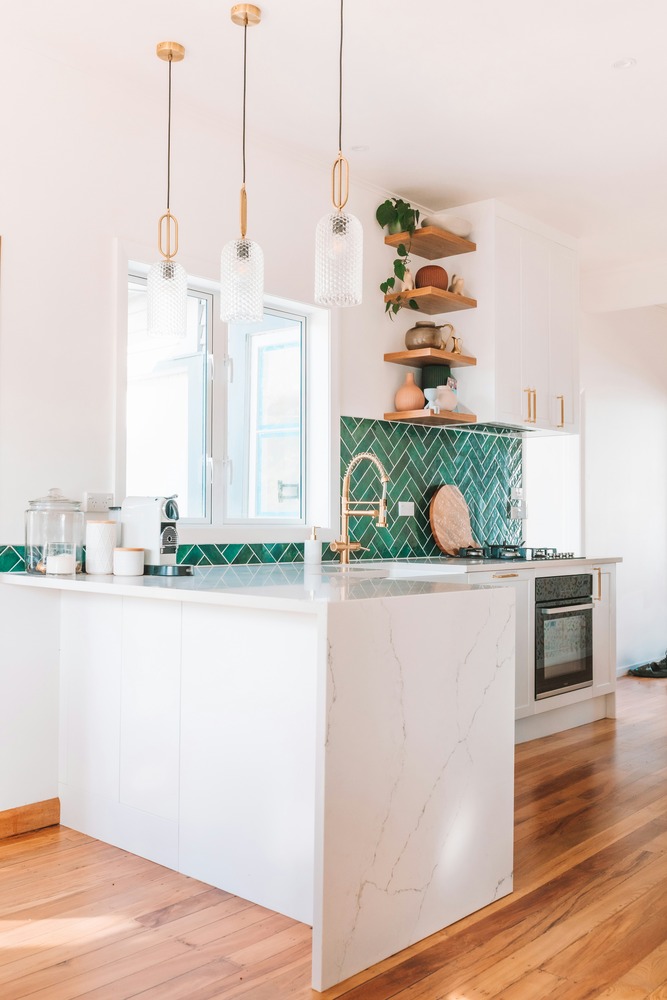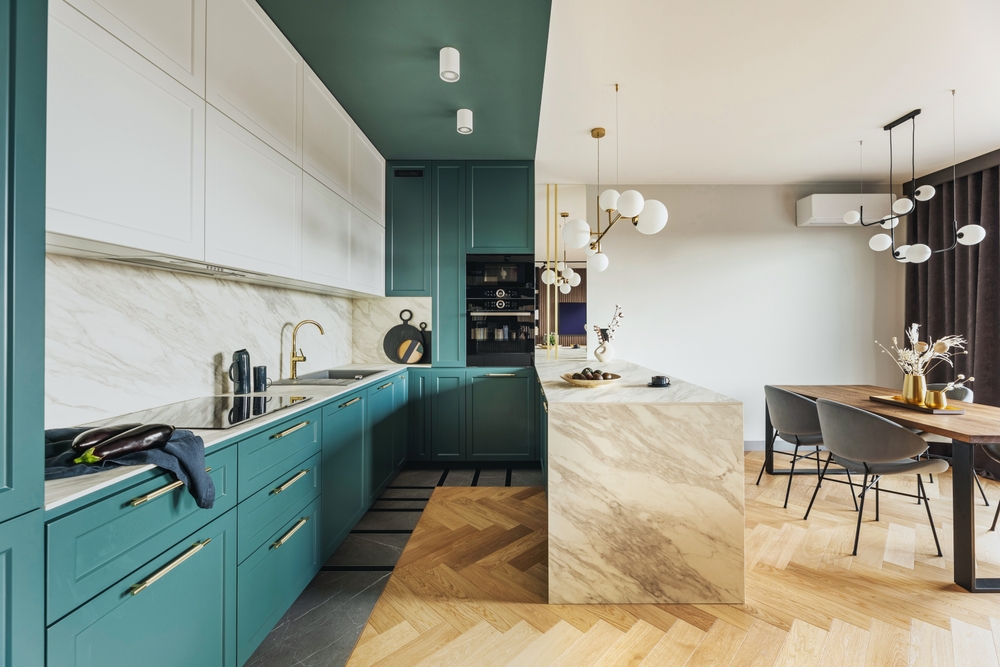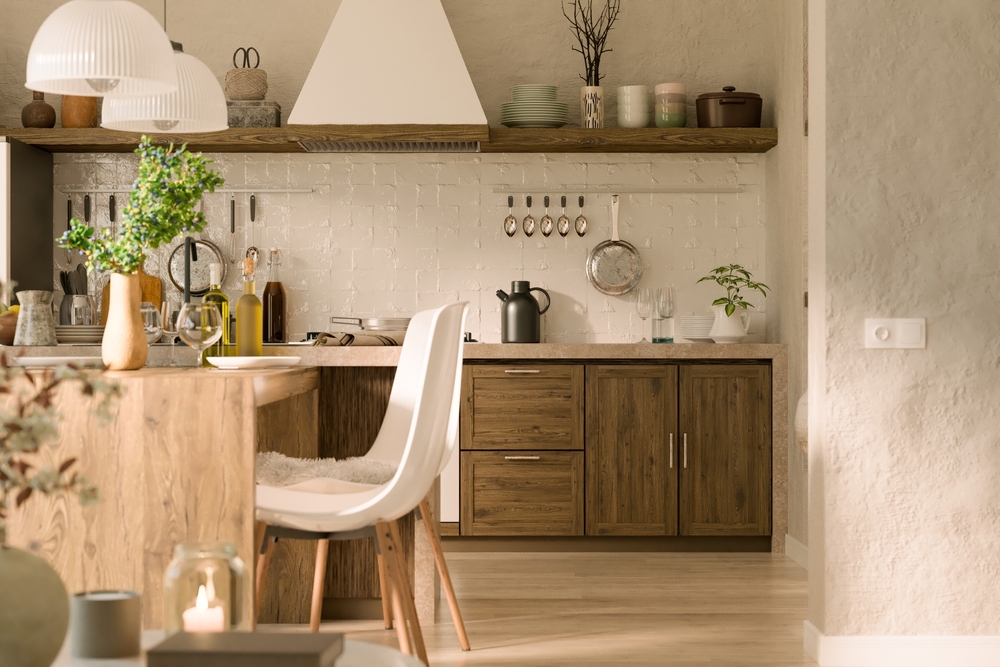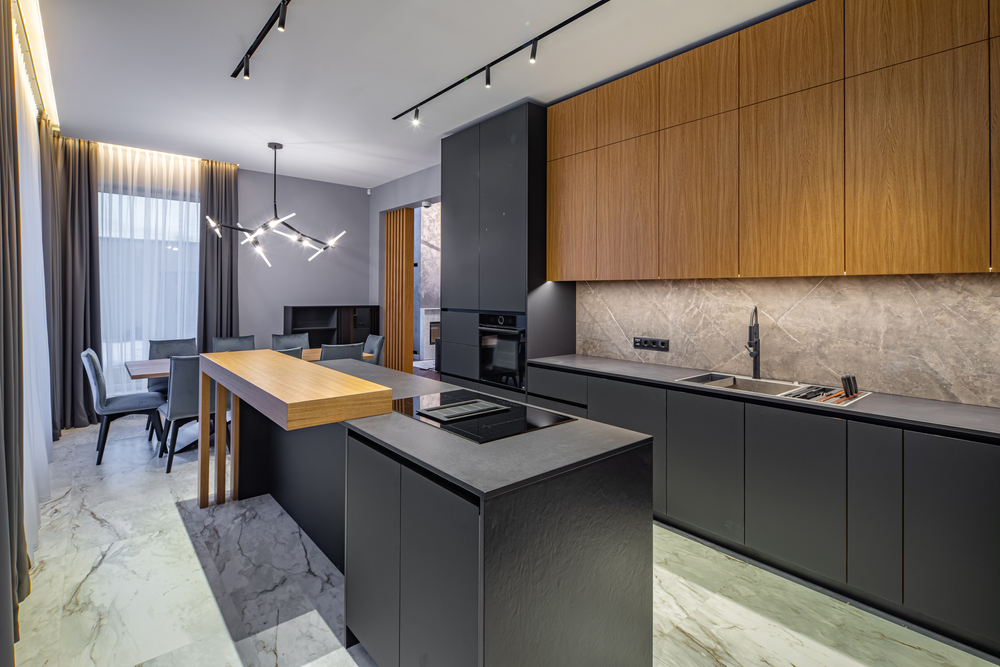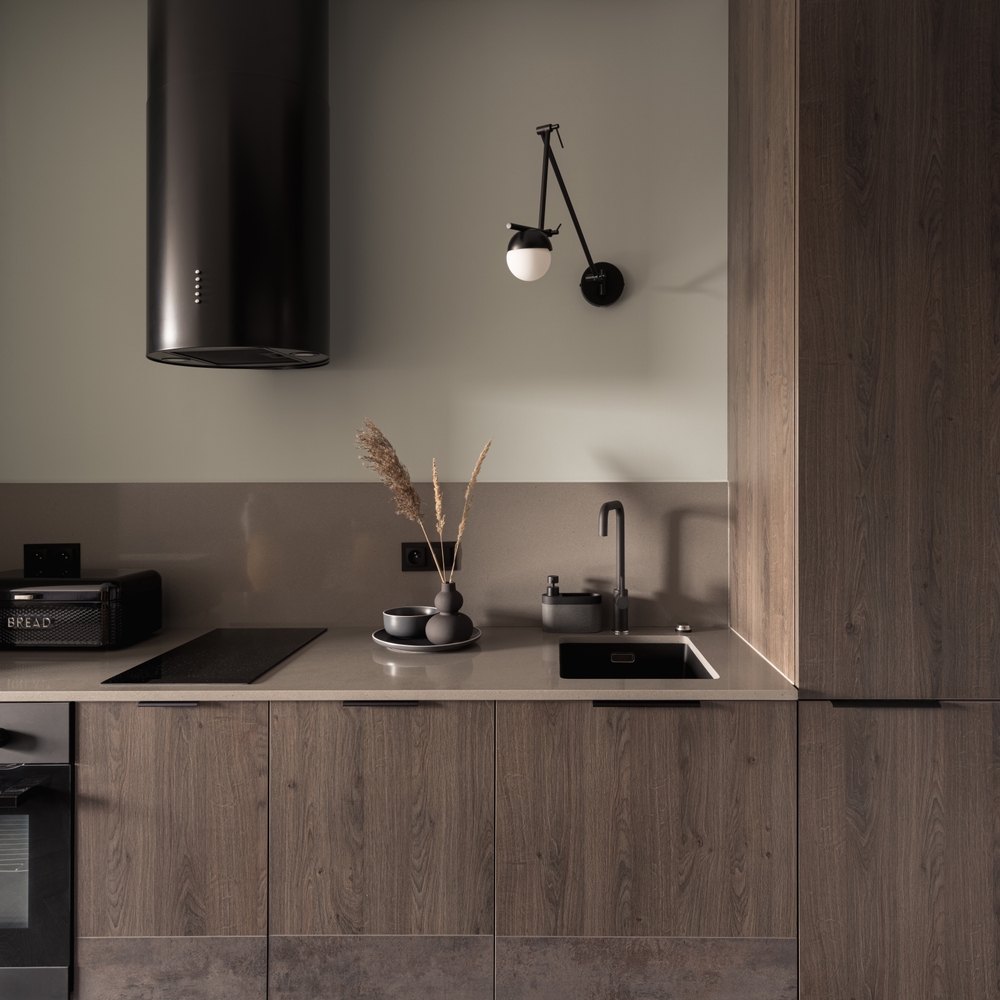“What is the good of your stars and trees, your sunrise and the wind, if they do not enter into our daily lives?” –E.M. Forster
Imagine stepping into a home that feels like a sanctuary, where every corner echoes the beauty of the world outside. That’s the magic of organic modern design. It’s a canvas that celebrates the elegant simplicity found in nature, weaving it seamlessly into our personal spaces.
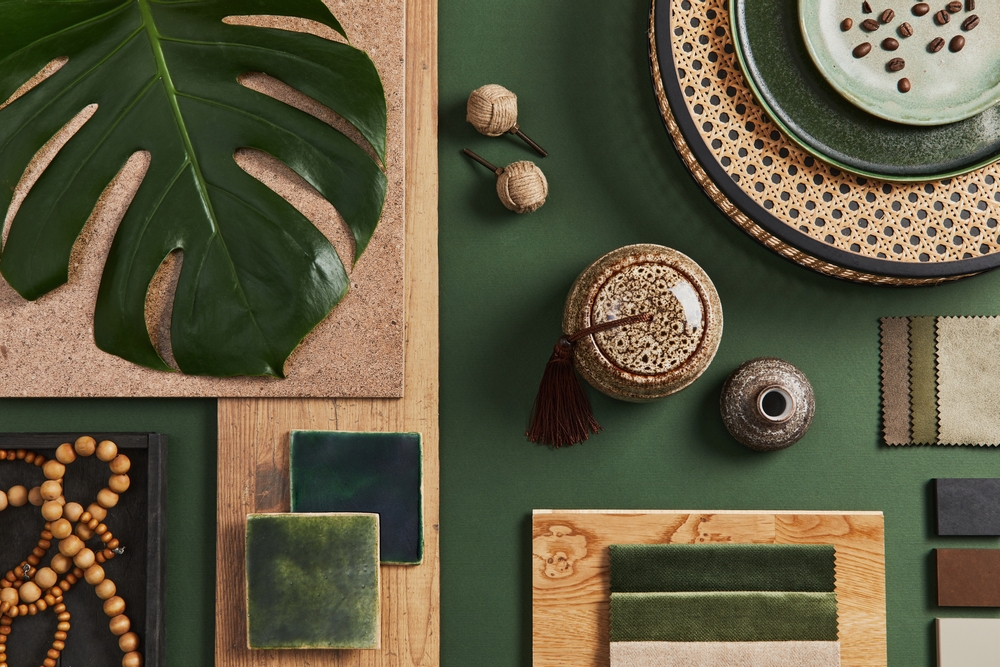
What is Organic Modern Design?
This nature-inspired design trend has been growing in recent years and is all over social media and in interior design publications – and for good reason! Organic modern design is an interior design style that harmoniously blends contemporary aesthetics with elements of the natural world. It emphasizes clean lines, uncluttered spaces, and an abundance of natural light.
This design style celebrates the relationship between humans and the natural world, incorporating organic shapes, textures, and colors into modern, clean-lined living spaces. The goal is a warm, inviting space that creates a sense of tranquility, balance, and a connection to nature.
After the rollercoaster of the past few years, many of us are craving a deeper connection to nature and the outdoors, and the enduring popularity of the organic modern design philosophy is here to deliver. So, if you’re ready to pay homage to Mother Nature in your space in the coming year, take some inspiration from the gorgeous, earthy interiors below!
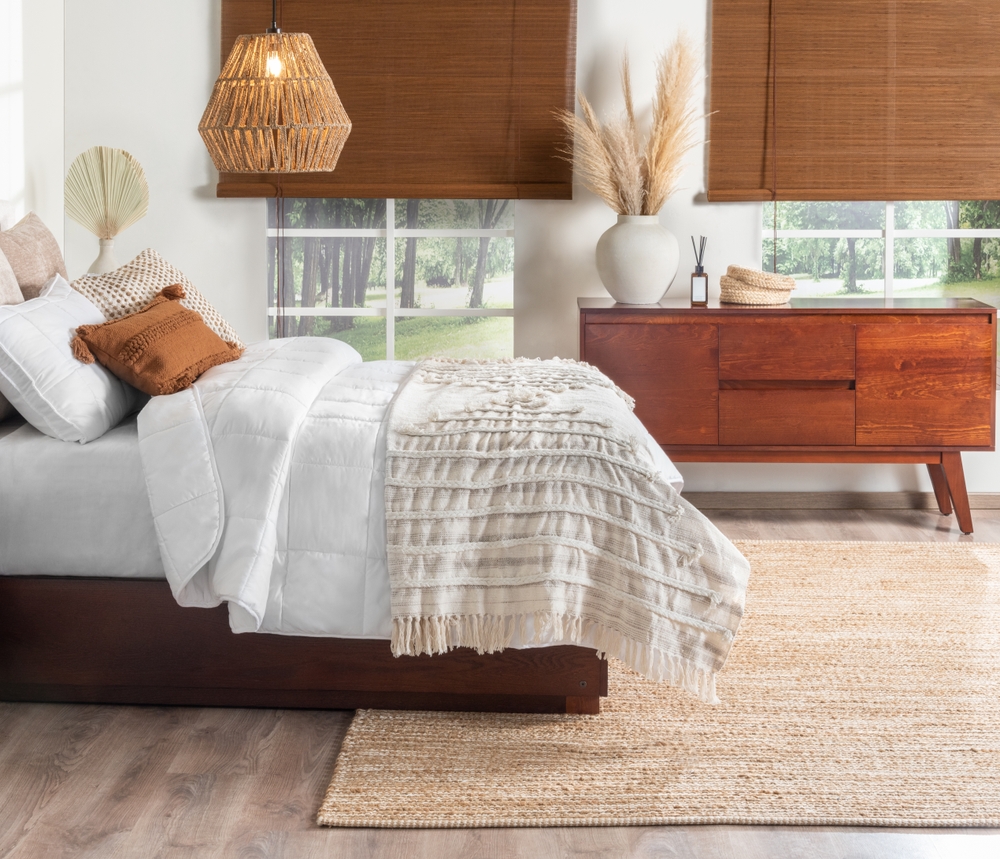
This boho-inspired bedroom leans into the organic modern trend with great use of warm tones and natural accessories; including a rattan pendant light hanging over a bed of simple cotton textiles, a textural jute rug, a display of dried grasses, and simple wooden roman shades. The decor pieces elevate this otherwise rather minimalist space.
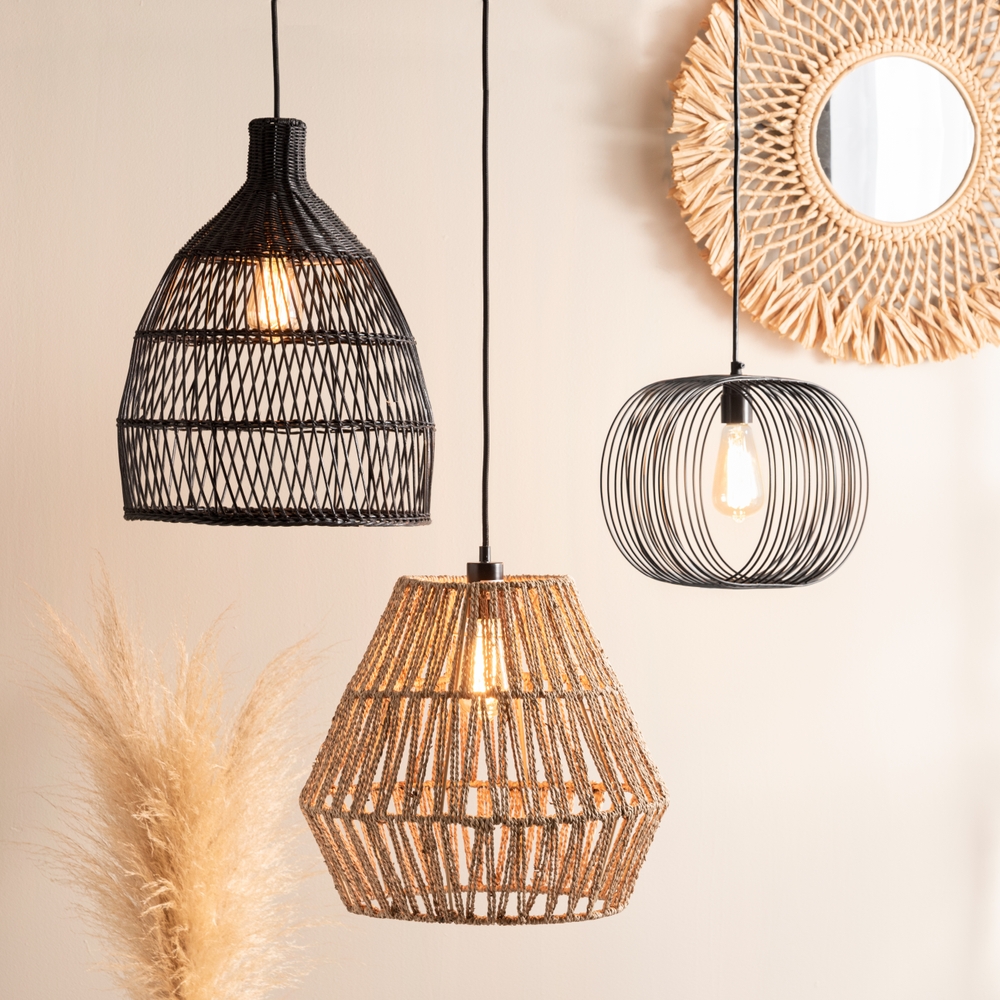
An excellent way to bring an earthy texture and feel into your home is with fixtures and decor pieces made with natural materials – such as these pendant light fixtures made from woven rattan. Other materials to consider include bamboo, wicker, jute, seagrass, limestone, clay, cork, cotton, wool, and leather.
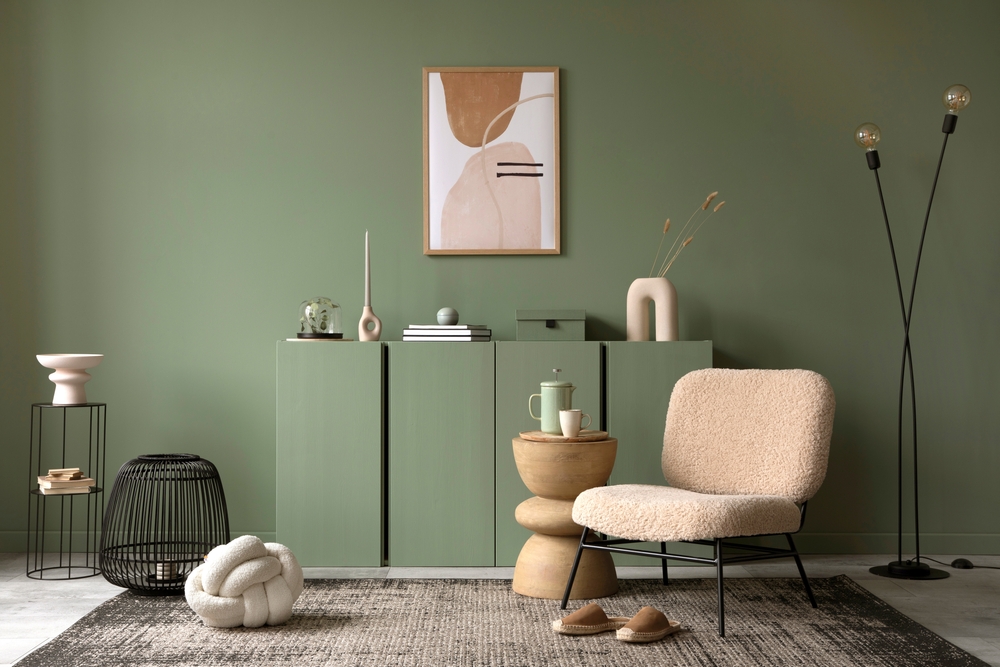
This space seems simple but makes wonderful use of organic, flowing shapes and a subtle punch of color. The sage green wall color and credenza pair well with the soft off-white chair, abstract artwork, and clay vases. Changing up your paint or displaying a few thoughtfully selected decor pieces is an easy way to breathe life into a room.
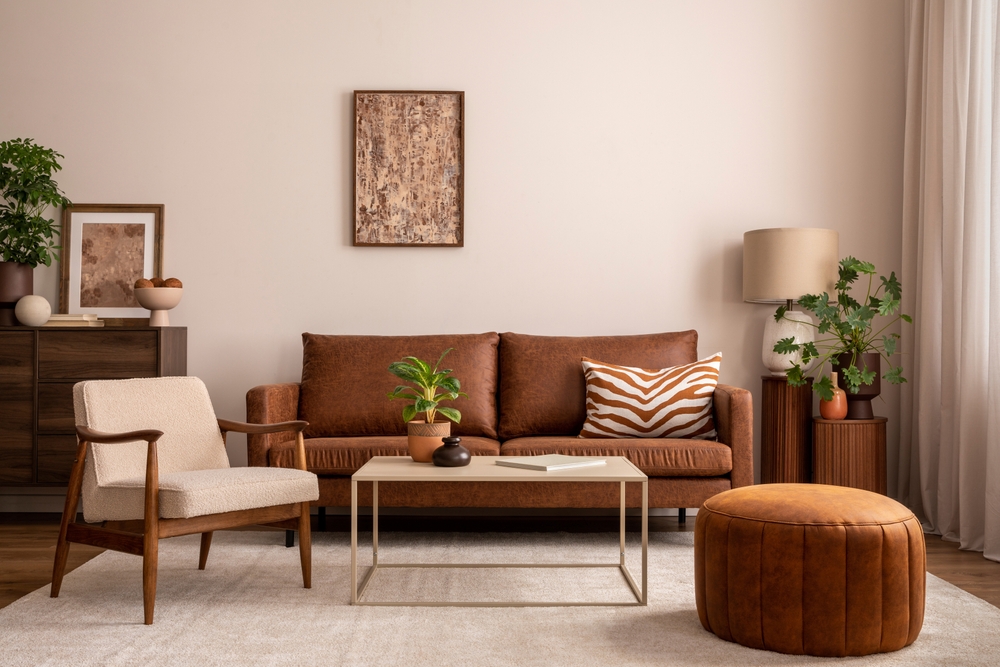
This living room features a neutral, yet well-balanced color palette – commonly seen in organic design. The layering of clean-lined furniture, lush green potted plants, and minimalist decor pieces keep the space airy and welcoming.
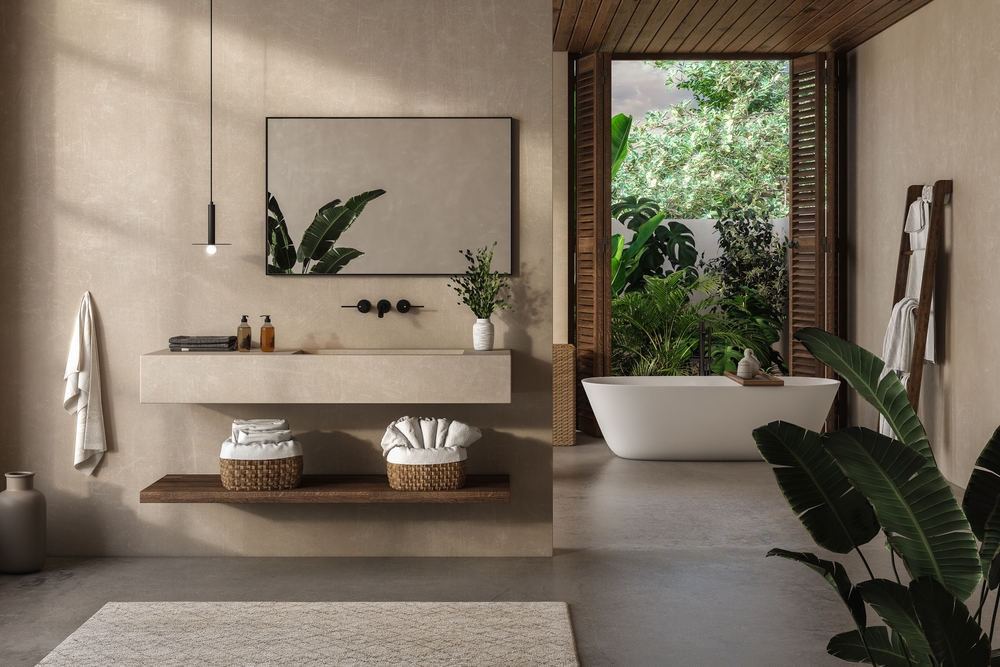
Bathrooms are a great place to start your journey into the organic modern design movement. This bathroom retreat is characterized by a seamless blend of neutral-tones and wood textures. A freestanding bathtub sits beside rustic wood shutters, inviting in the lush plant life outside. A floating vanity keeps the lines in the space clean while leafy potted plants infuse the space with a calming, spa-like ambiance.
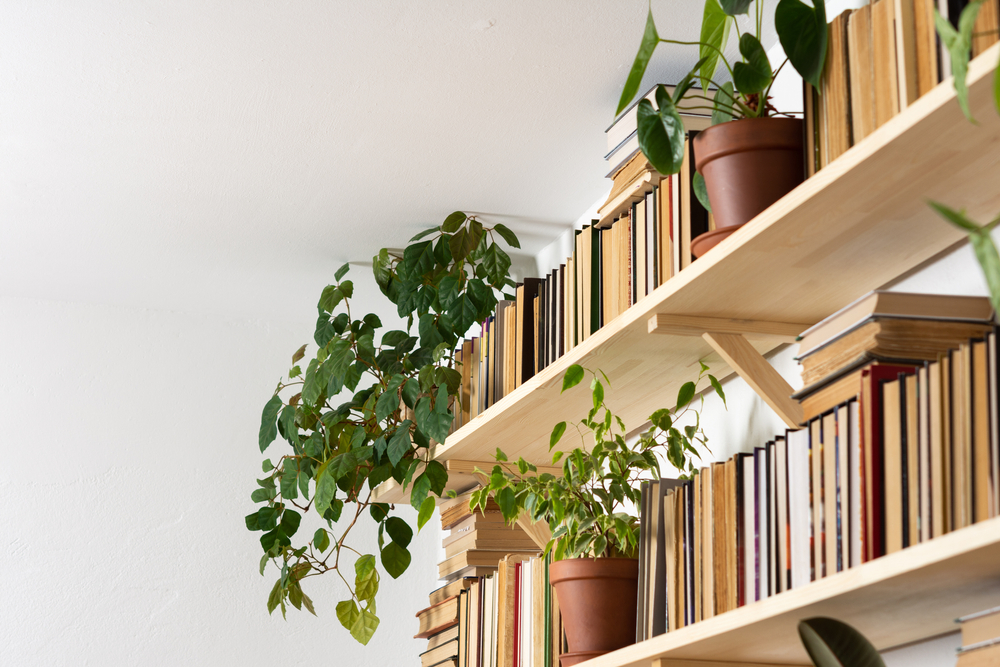
White they are a staple of organic design, you don’t have to make live house plants the focus of your space if it’s just not your vibe or if you don’t have the space (or the green thumb). You can still bring a little bit of the outdoors in with a few small, well-placed plants adorning your space – such as those seen on these raw wood bookshelves.
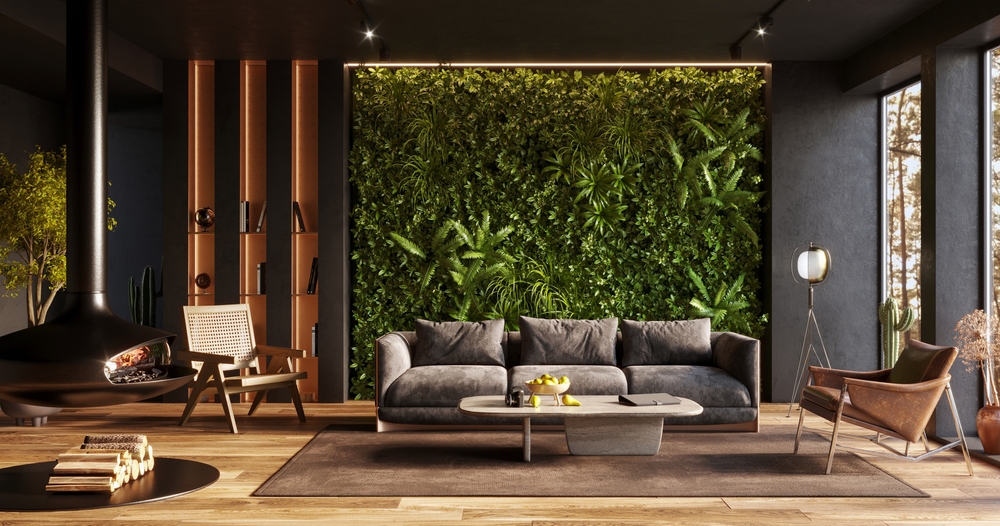
Since we’re on the topic of plants and greenery, we can’t forget to talk about the drama that is a plant wall! Plant walls and vertical gardens are a unique way to honor nature and truly blur the lines between indoors and outdoors. The rest of the pieces in this chic space are neutral enough to keep the focus on the wall while still being eye-catching in their own right.
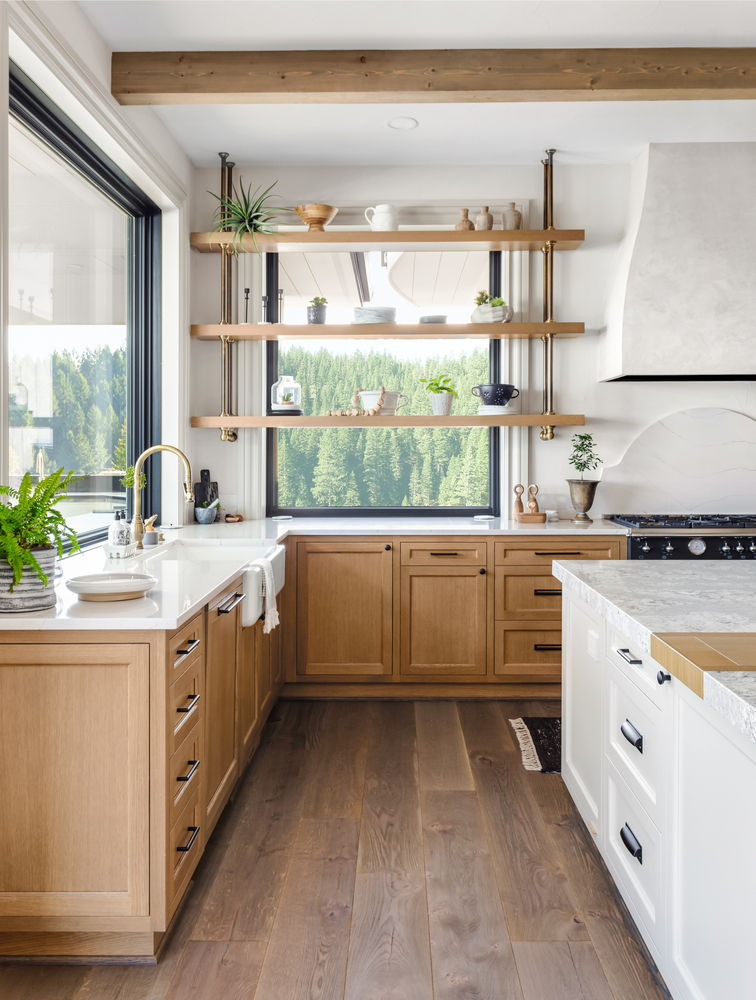
In this organic-inspired kitchen, natural wood-grained cabinetry, stone countertops, and carefully curated decor take center stage. The open wood shelving, wide plank wood floors, and wooden beam add a touch of rustic, artisanal charm.
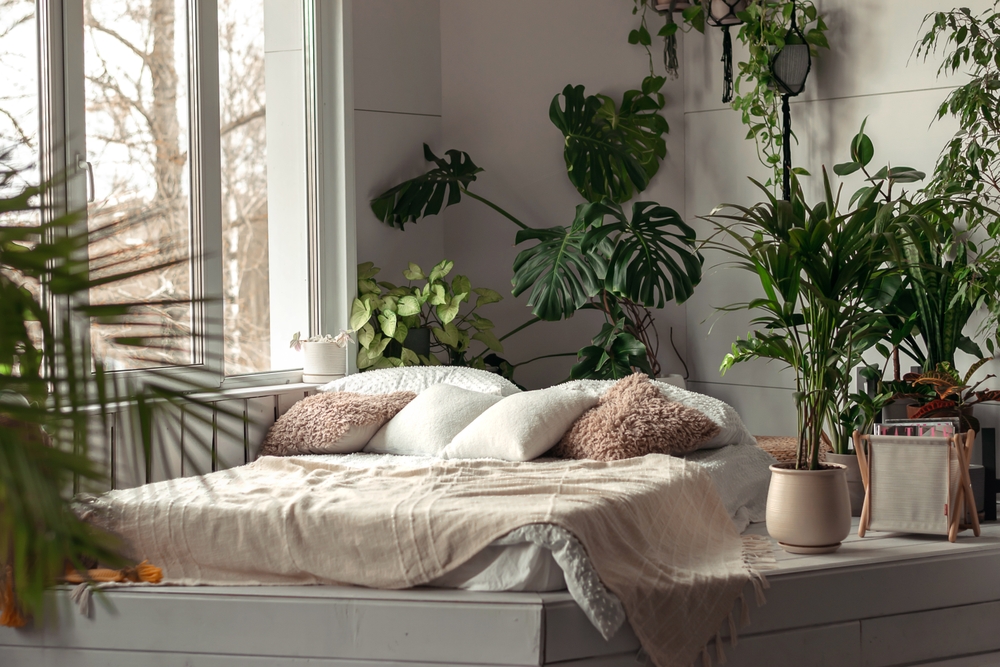
Natural light should be emphasized whenever possible in organic modern design. Capitalize on the natural light streaming into your home and create an oasis in your bedroom sanctuary. Balancing out bold plant life with subdued, natural-toned bedding creates a harmonious look and feel.
Pro Tip: Maximizing the use of daylight not only reduces reliance on artificial lighting but also improves mood, productivity, and overall health. Consider the strategic placement of windows, skylights, and glass doors to flood your space with sunlight.
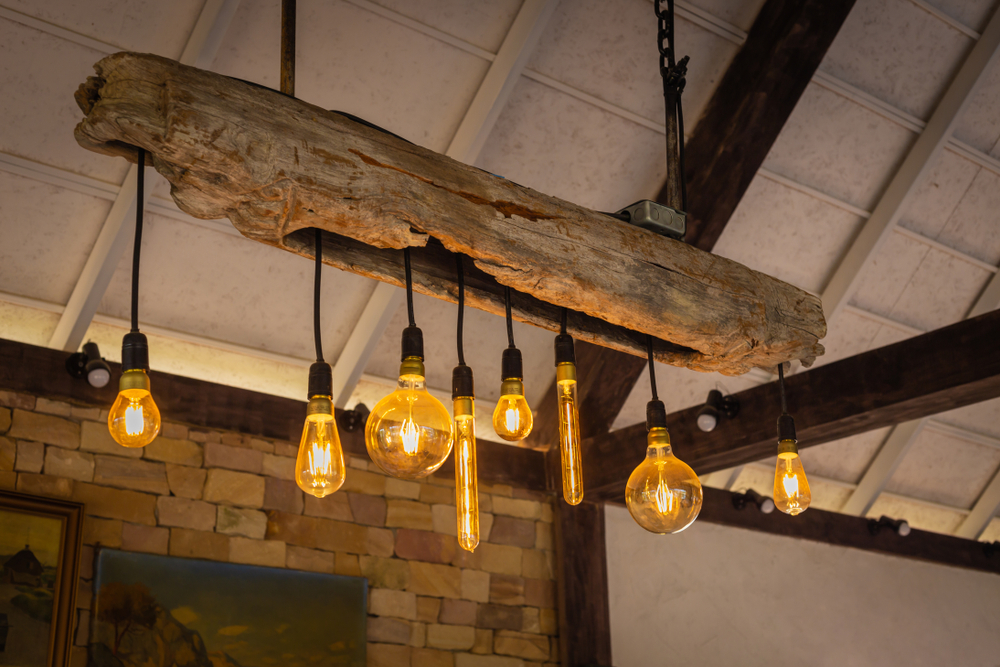
Furniture and fixtures made from natural elements set organic modern interiors apart from other design styles. This beautiful, rustic driftwood light fixture with warm Edison bulbs in varying shapes is simply stunning and unlike anything you’ve likely seen before. For help finding your own unique, nature-inspired light fixtures, check out Lit Living!
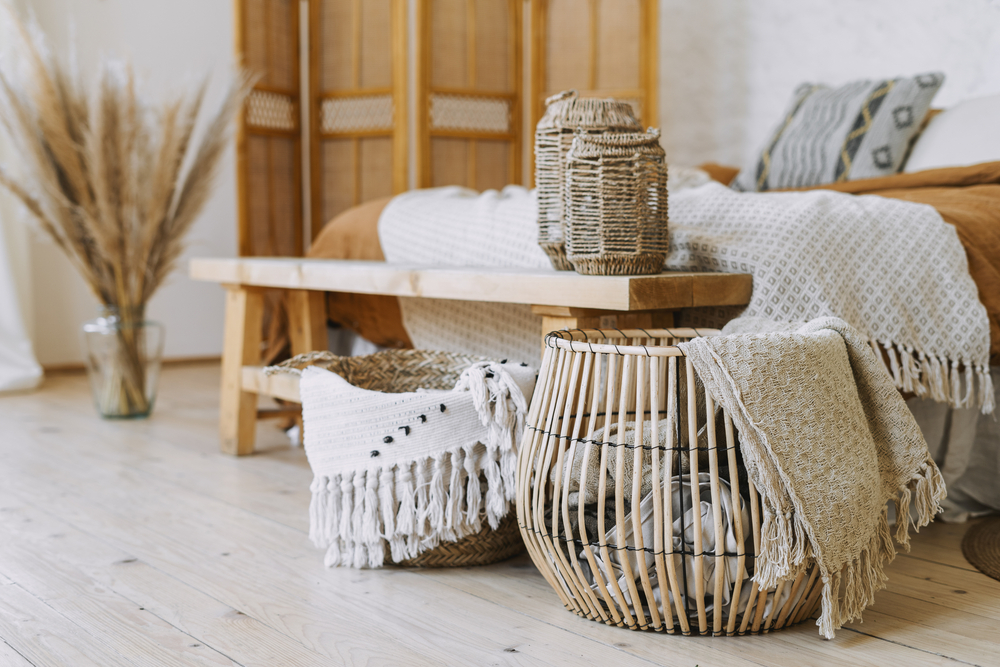
This bohemian-chic bedroom almost feels like a spa! A folding bamboo screen, simple wood bench, dried pampas grass, wicker lanterns, a wood basket, and earth-toned textiles bring warm, organic charm to the space.
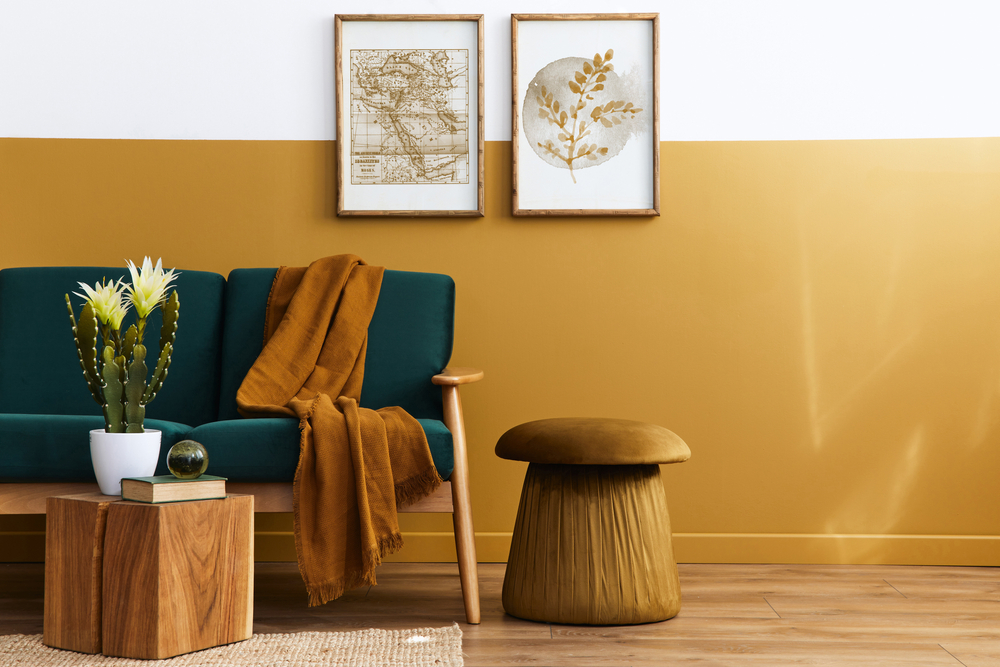
Color reigns supreme in this golden, earth-toned living room. Using nature-inspired artwork is an easy way to add a bit of the organic design trend to your own home. Also, how charming is that mushroom-shaped side table/ottoman?
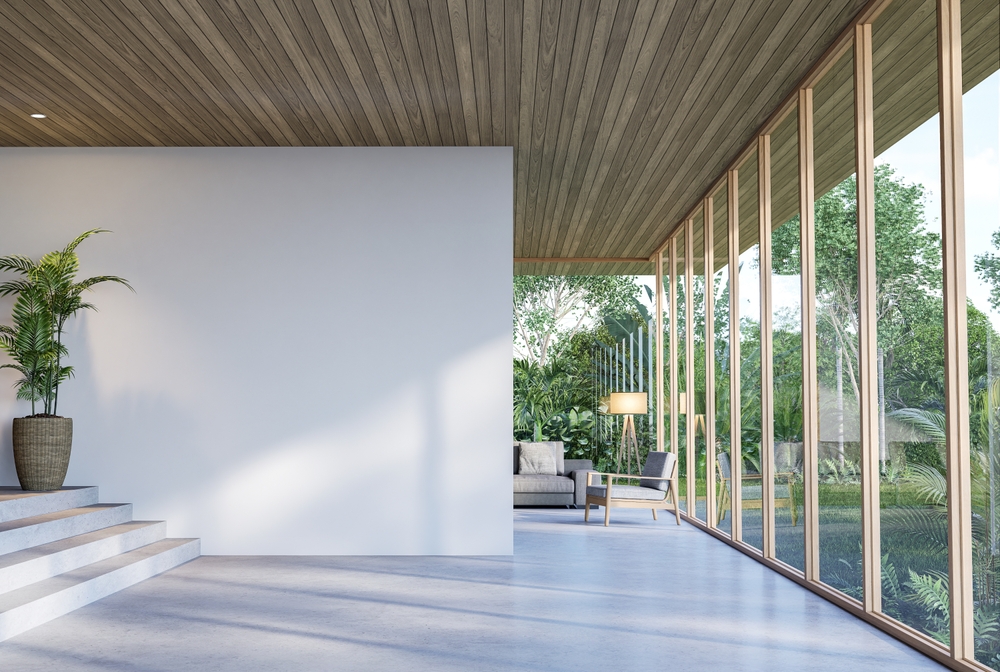
The last few inspiration photos featured a lot of earthy accessories. You can embrace nature more simply, however, by showcasing your home’s architectural features and location. If you have amazing windows with a gorgeous view of the lush outdoors and ample natural light – like this swoon-worthy home – that’s all you need! Sometimes less truly is more.
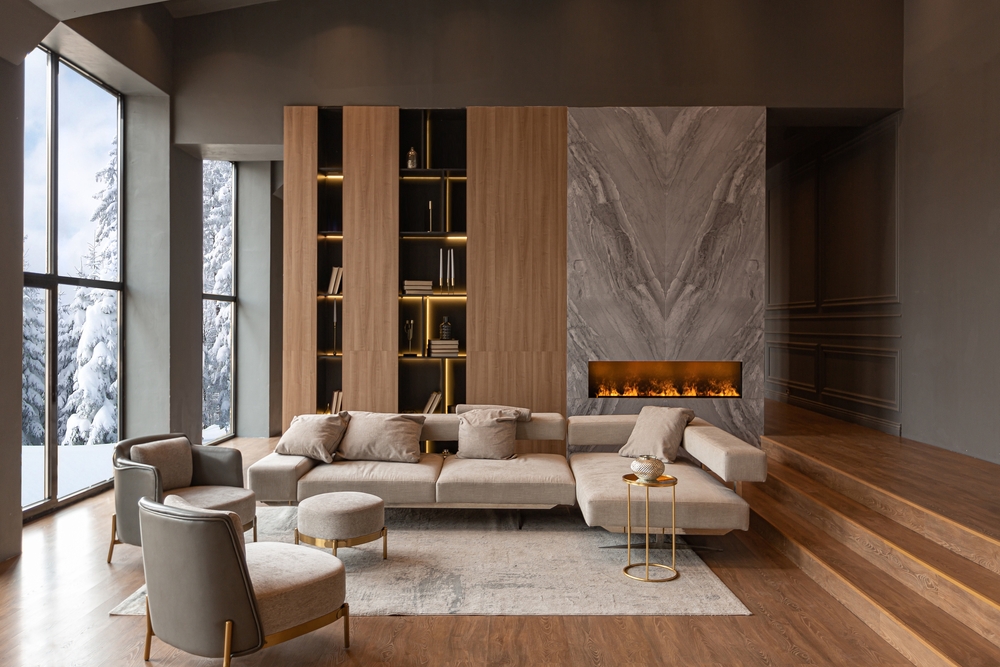
Gorgeous is an understatement when it comes to this expansive living room! Nature and organic elements can be emphasized through more than houseplants and decor alone. This space features breathtaking views through the floor-to-ceiling windows, an expansive natural stone fireplace, and beautiful warm wood flooring and bookcases. Don’t you just want to curl up here to soak in the snowy view, a warm cup of tea, and a good book?
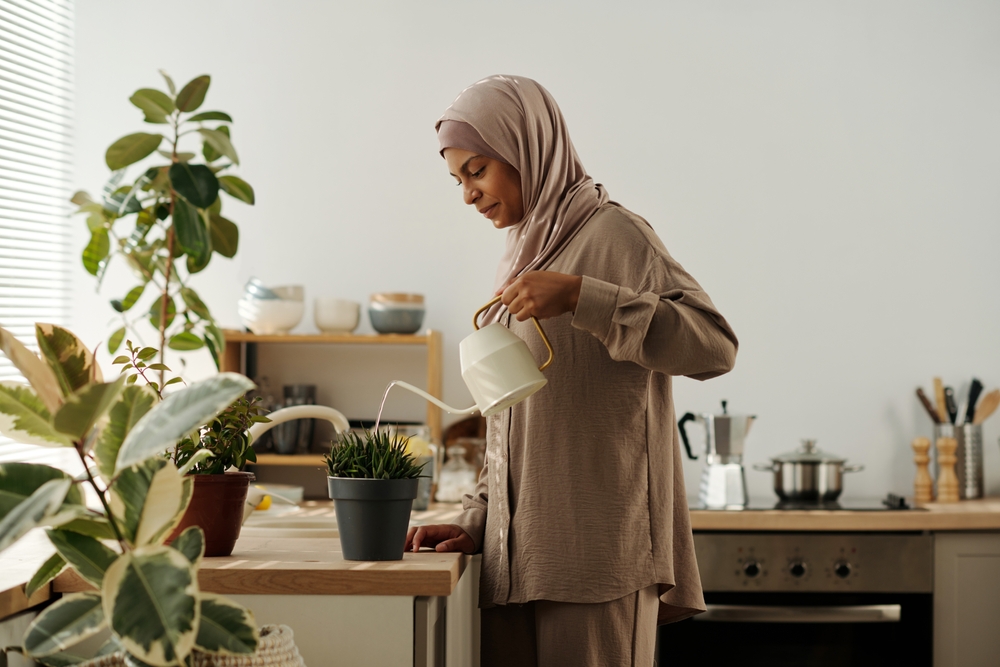
As we move forward in a world seeking balance and harmony, organic modern design stands at the forefront of interior design trends. It’s a testament to our connection to nature, a reminder that our well-being is intertwined with the environment around us. Infuse your home with the beauty and energy of the outdoors. Let it be a place of solace, a sanctuary that replenishes your spirit, and a canvas that celebrates the wonders of the natural world.
———–
Ready to transform your space? Contact us today for a personalized consultation and let’s bring nature’s beauty into your home!
